I continue working on the network conduit project, adding CAT6 cable as I go from room to room. In some places, CATV coax is in the same conduit.
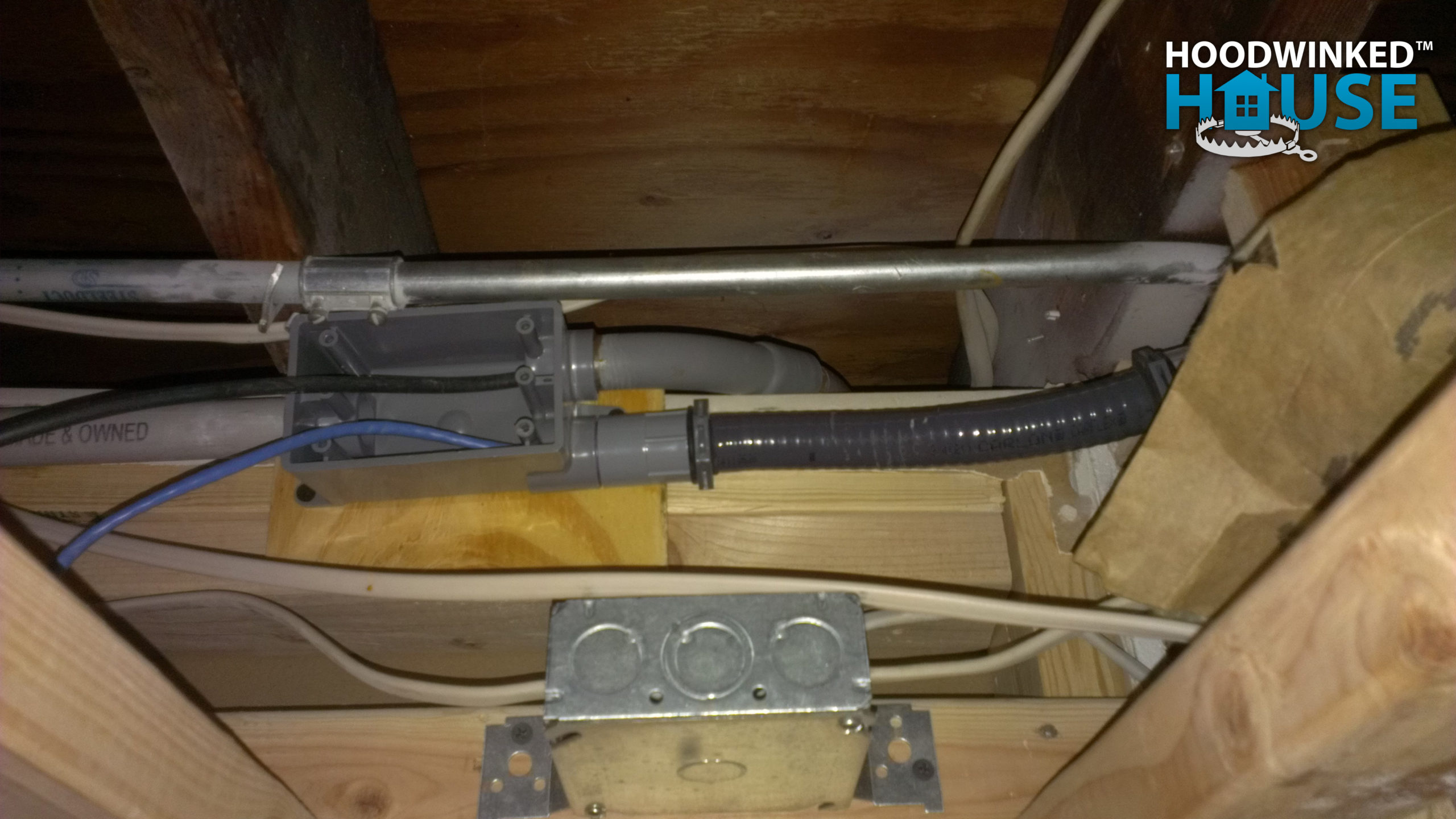
I continue working on the network conduit project, adding CAT6 cable as I go from room to room. In some places, CATV coax is in the same conduit.

I complete assembly of conduits ($211.19), and purchase the network components themselves including cable, wall plates, and a structured media service panel ($217.52).
I begin the network rough in by fishing CAT6 cable through some of the new conduits.
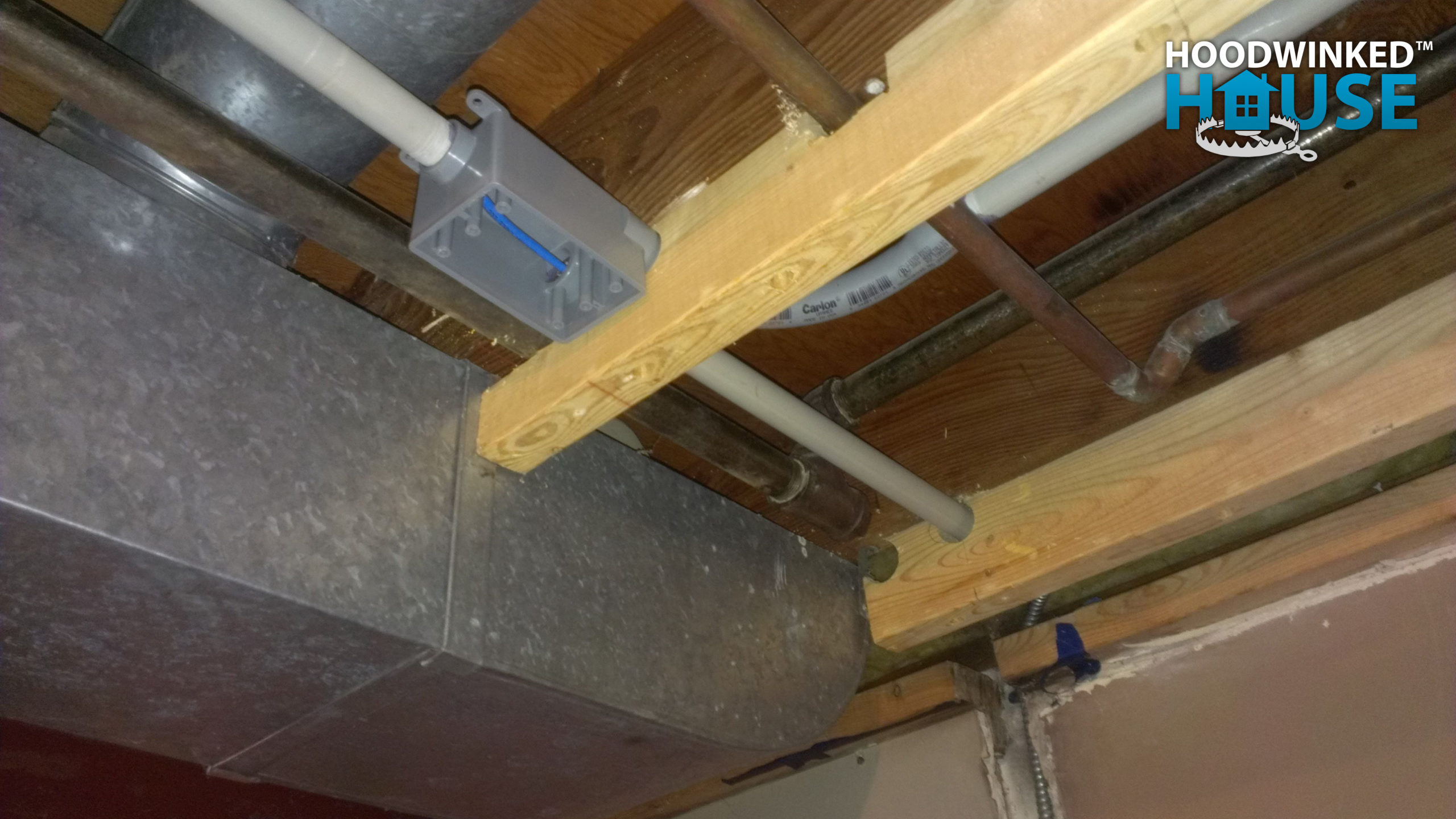
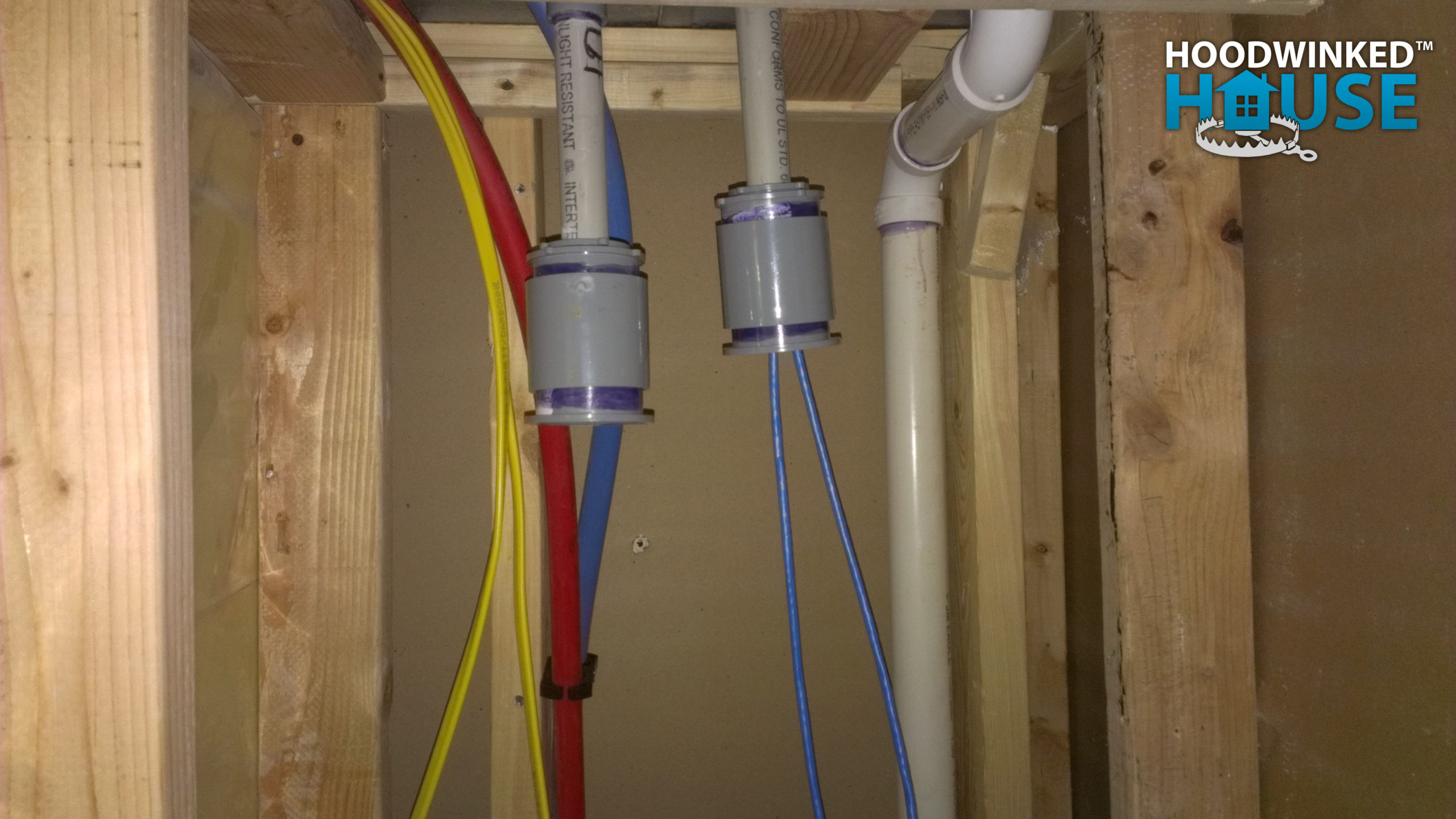
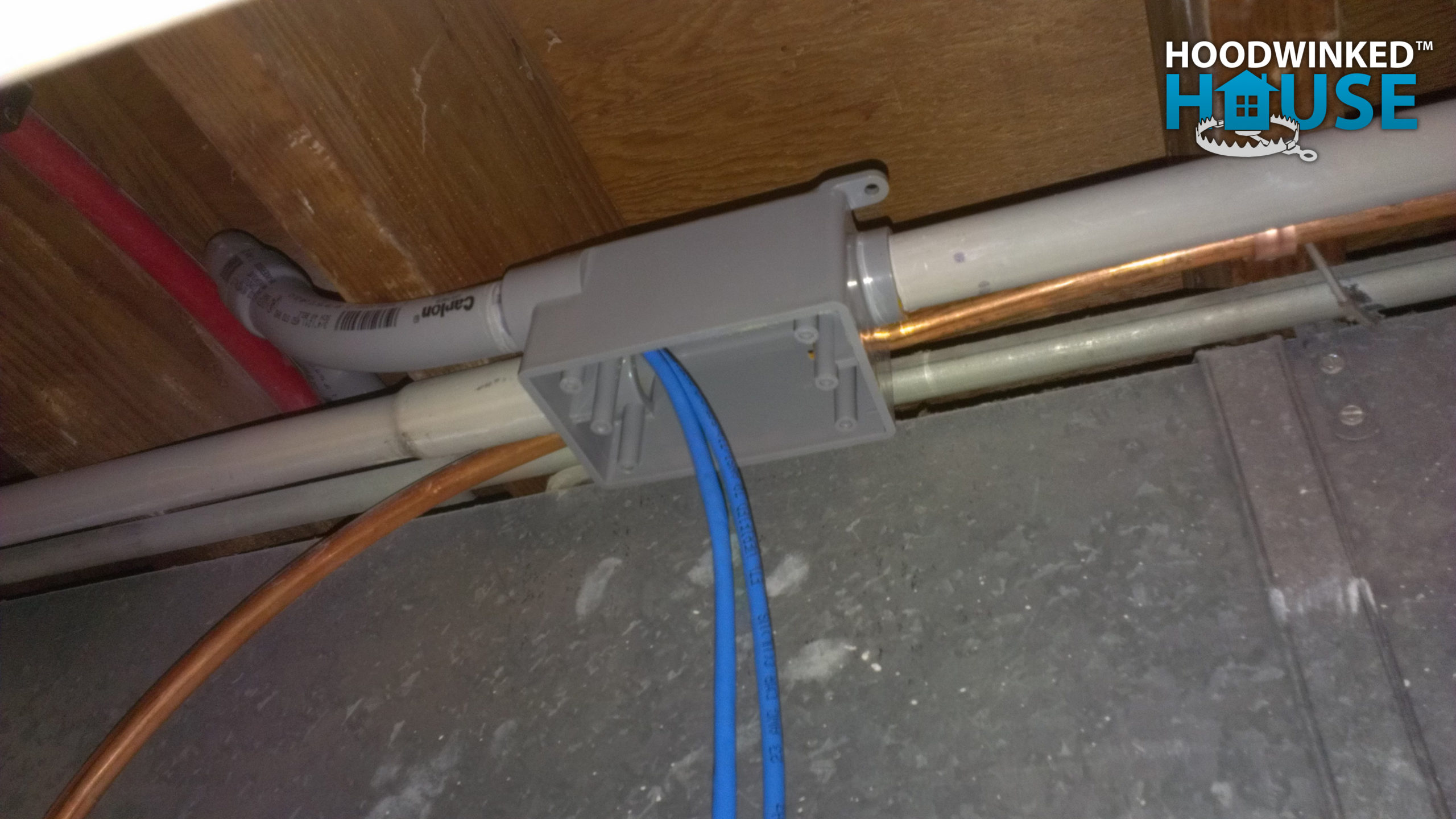
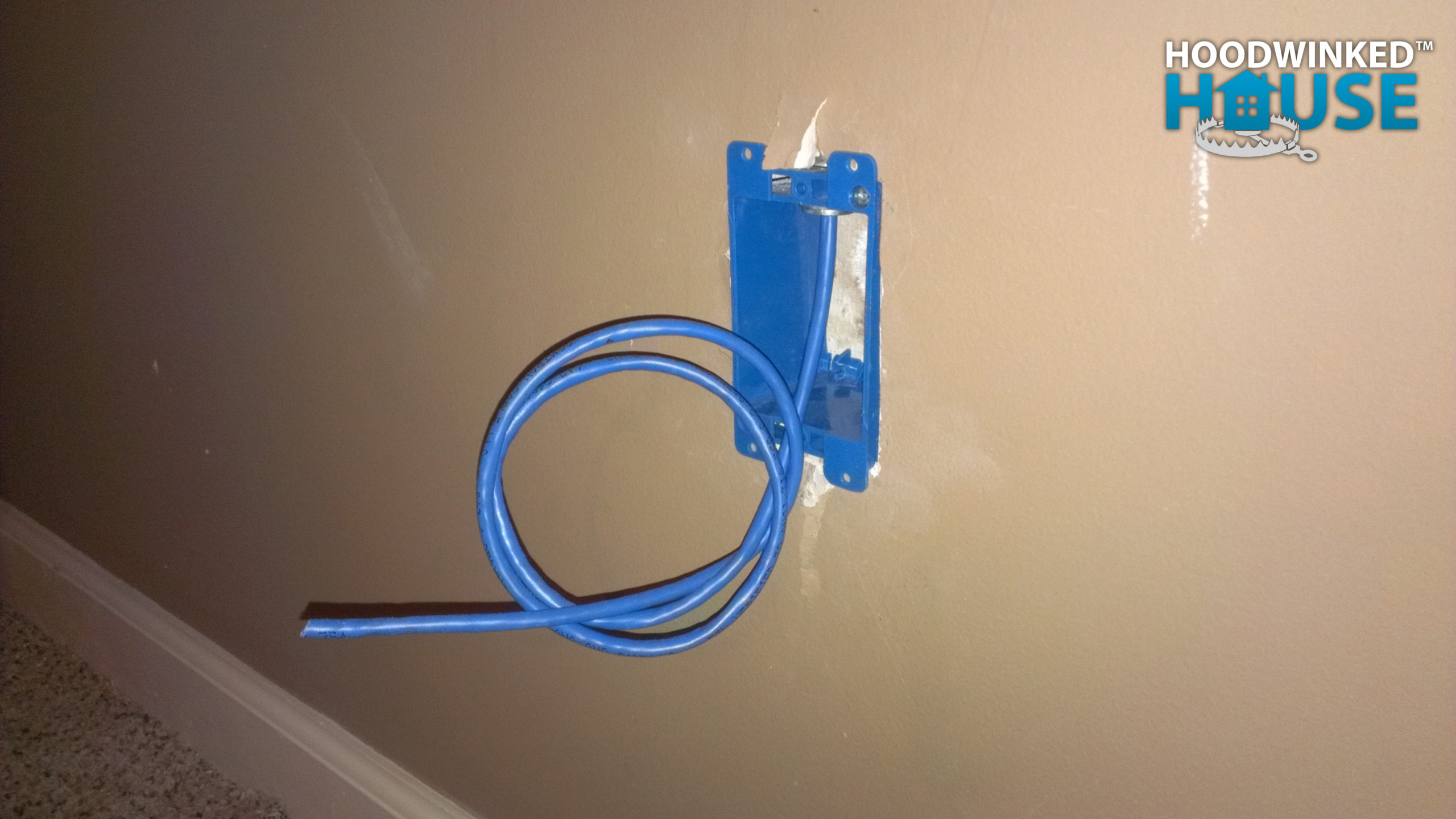
Meanwhile, my dad helps me frame up a new soffit for the main room and my girlfriend runs new electrical circuits for the downstairs bathroom.
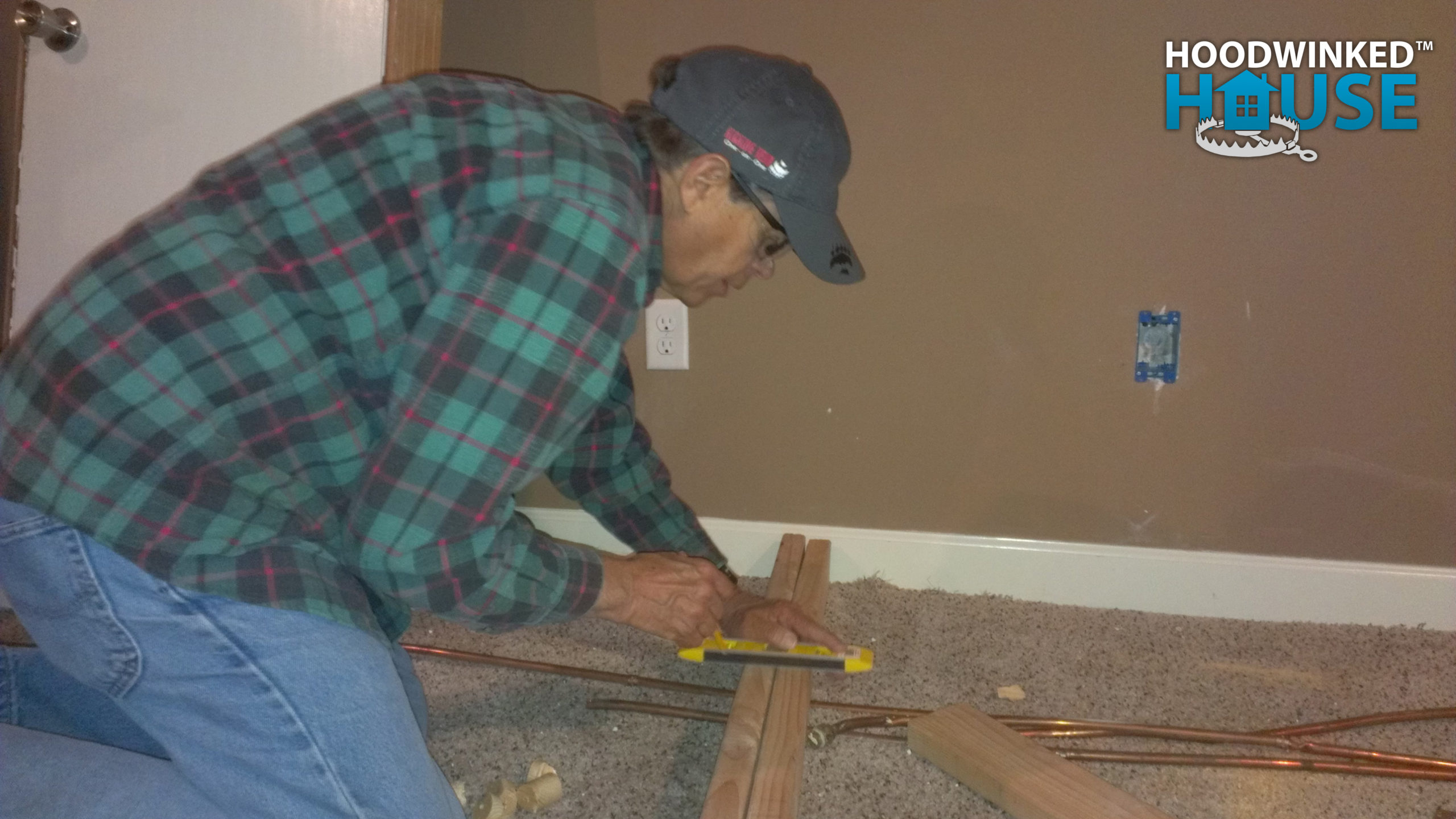
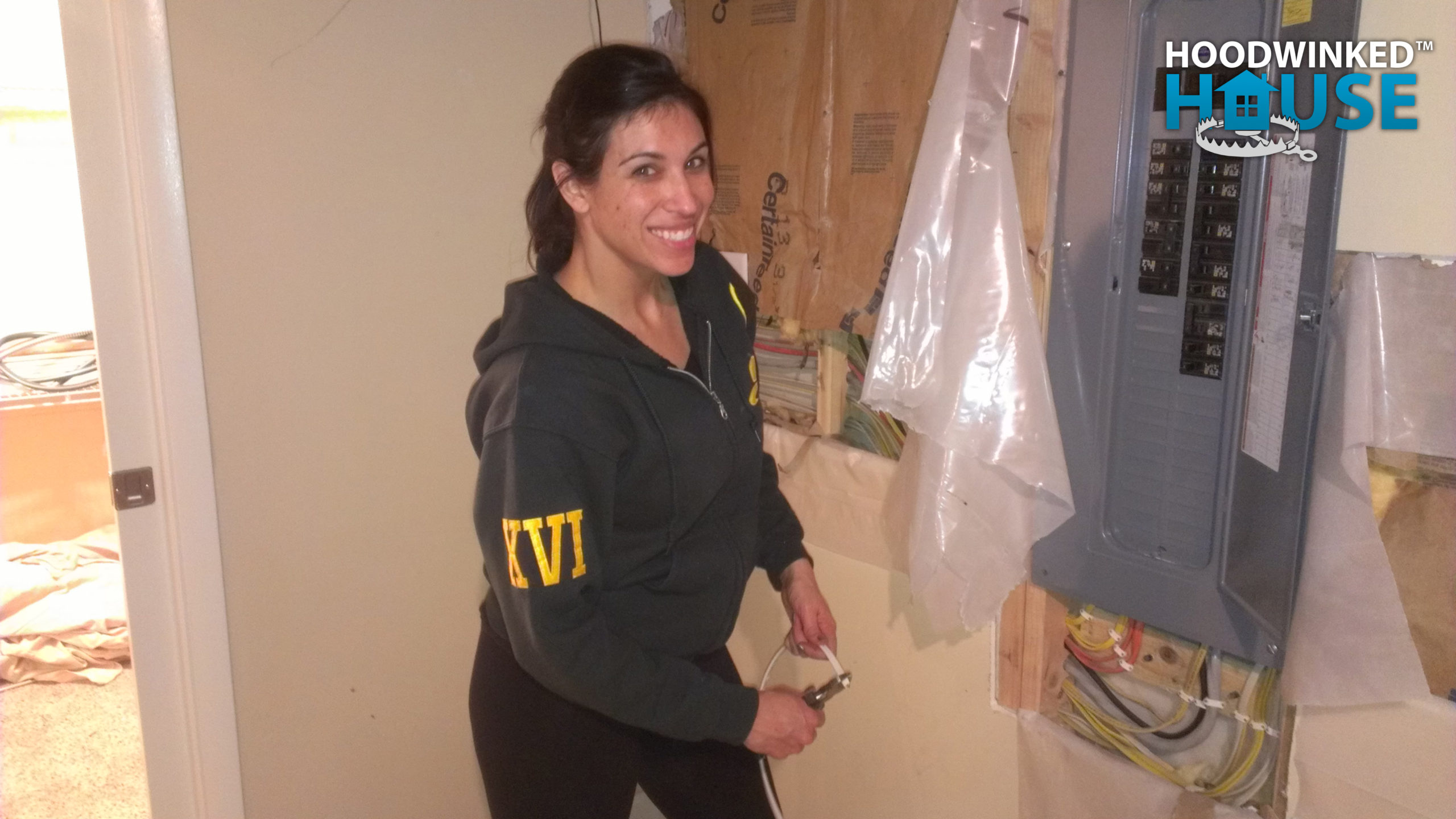
I find a round ceiling junction box illegally hidden behind drywall, remove it, and properly re-wire the adjacent outlets.
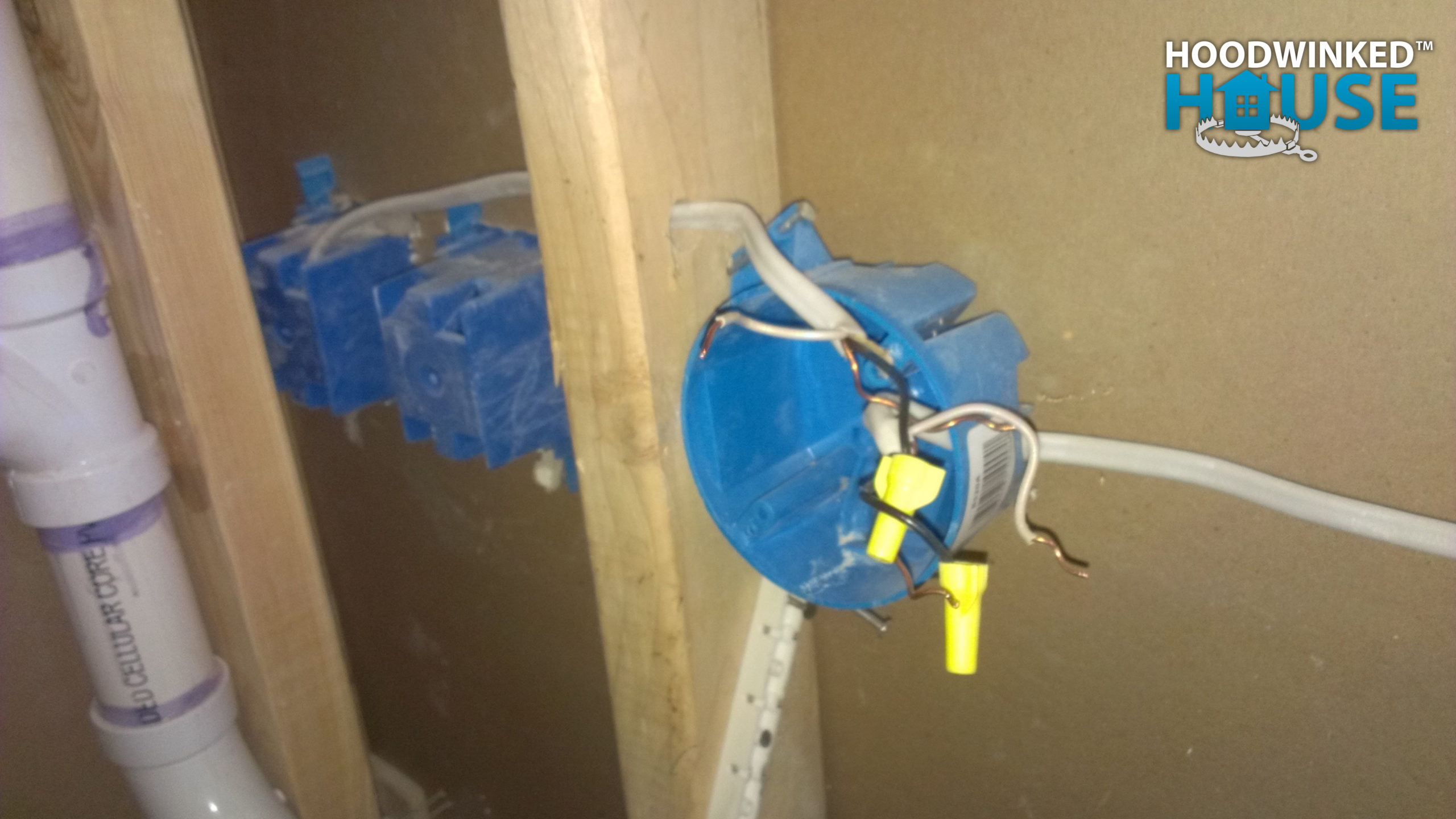
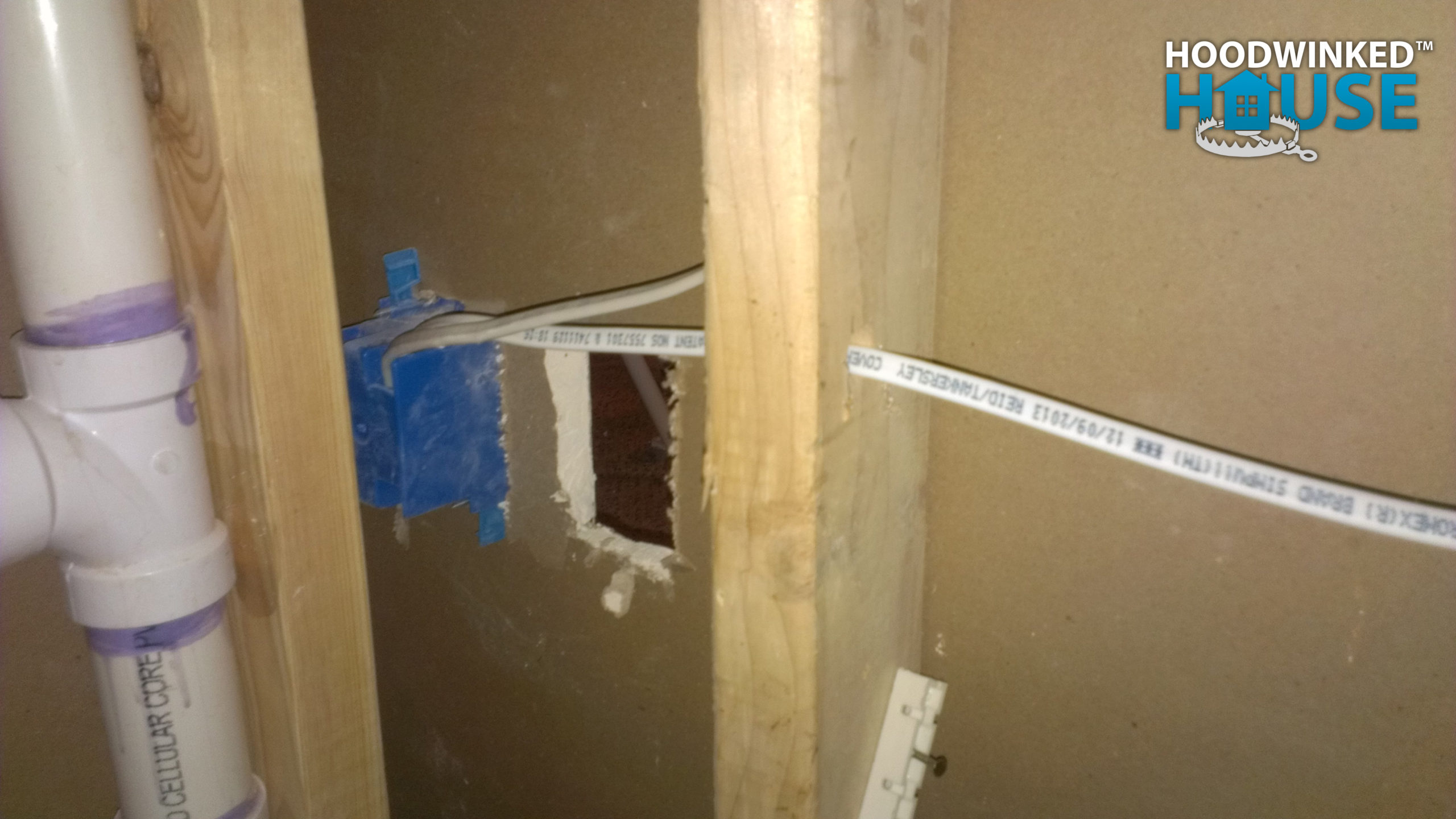
Later, I begin framing an alcove for the household network structured media panel.

I start framing a chest-high alcove that will house the household network structured media panel. I’m building it from inside the downstairs bathroom, but it will be accessible from the living room side of the wall (right side of the photo).
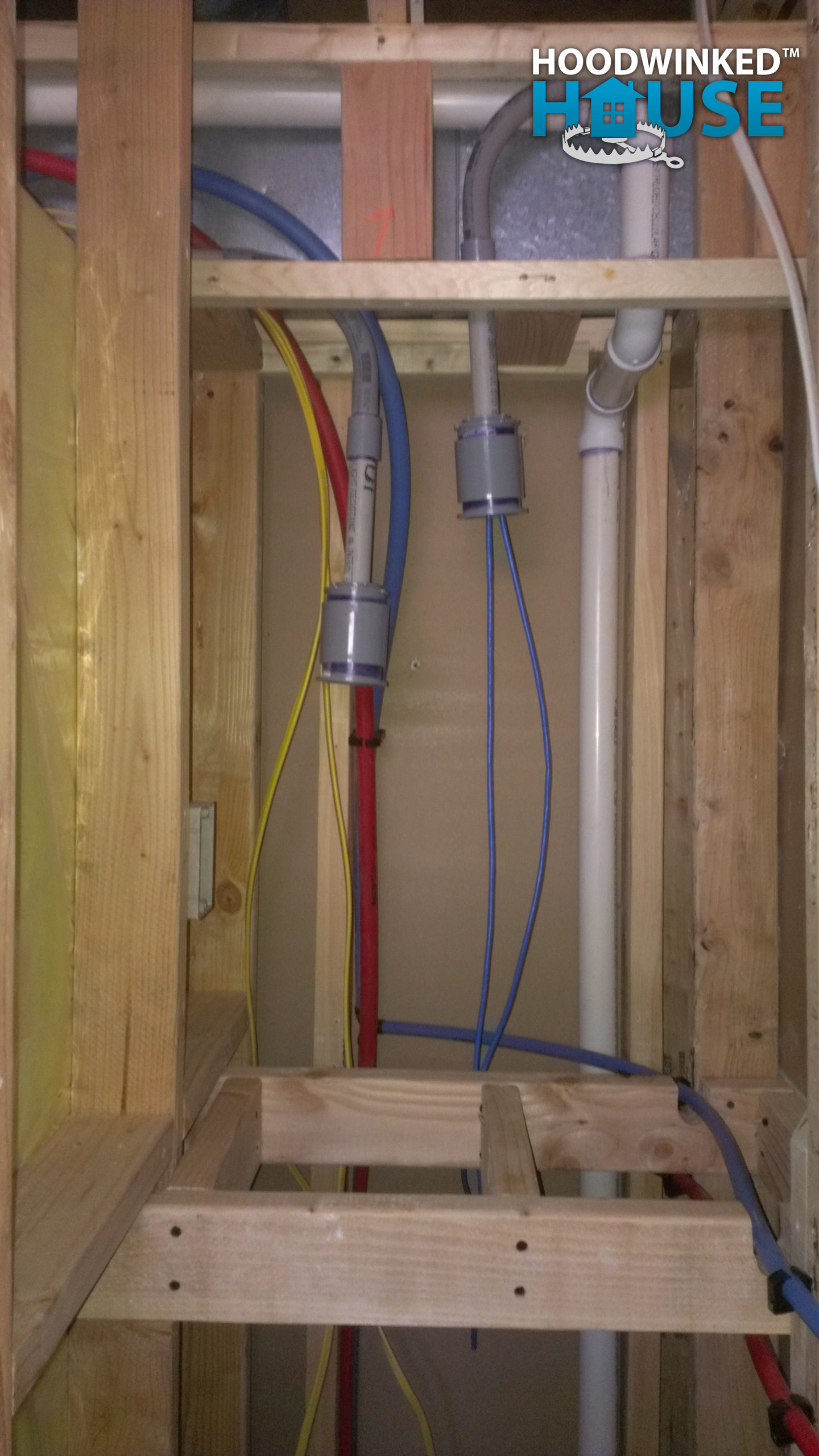
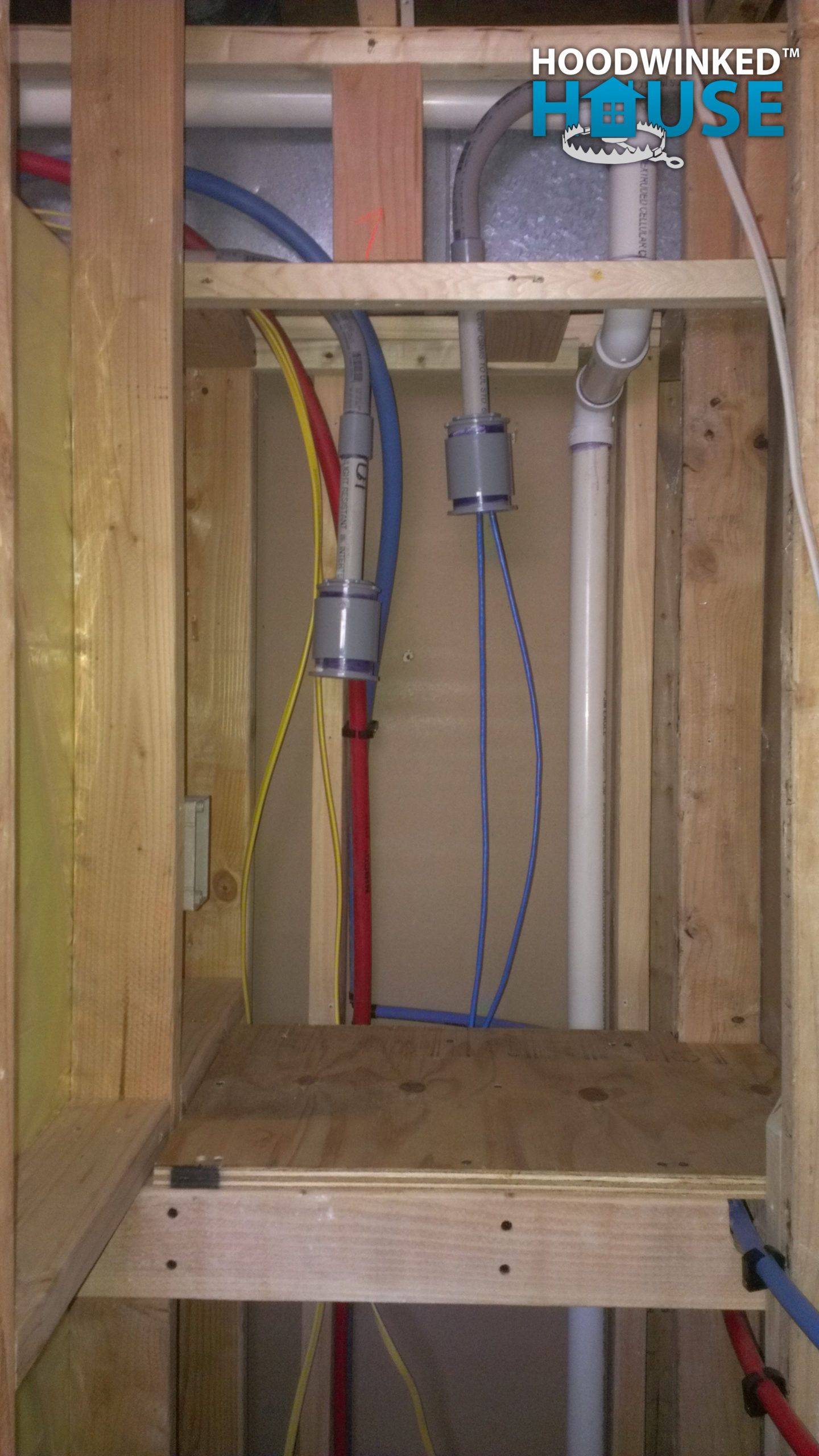
I finish framing the household network alcove, and install the structured media service enclosure and power.
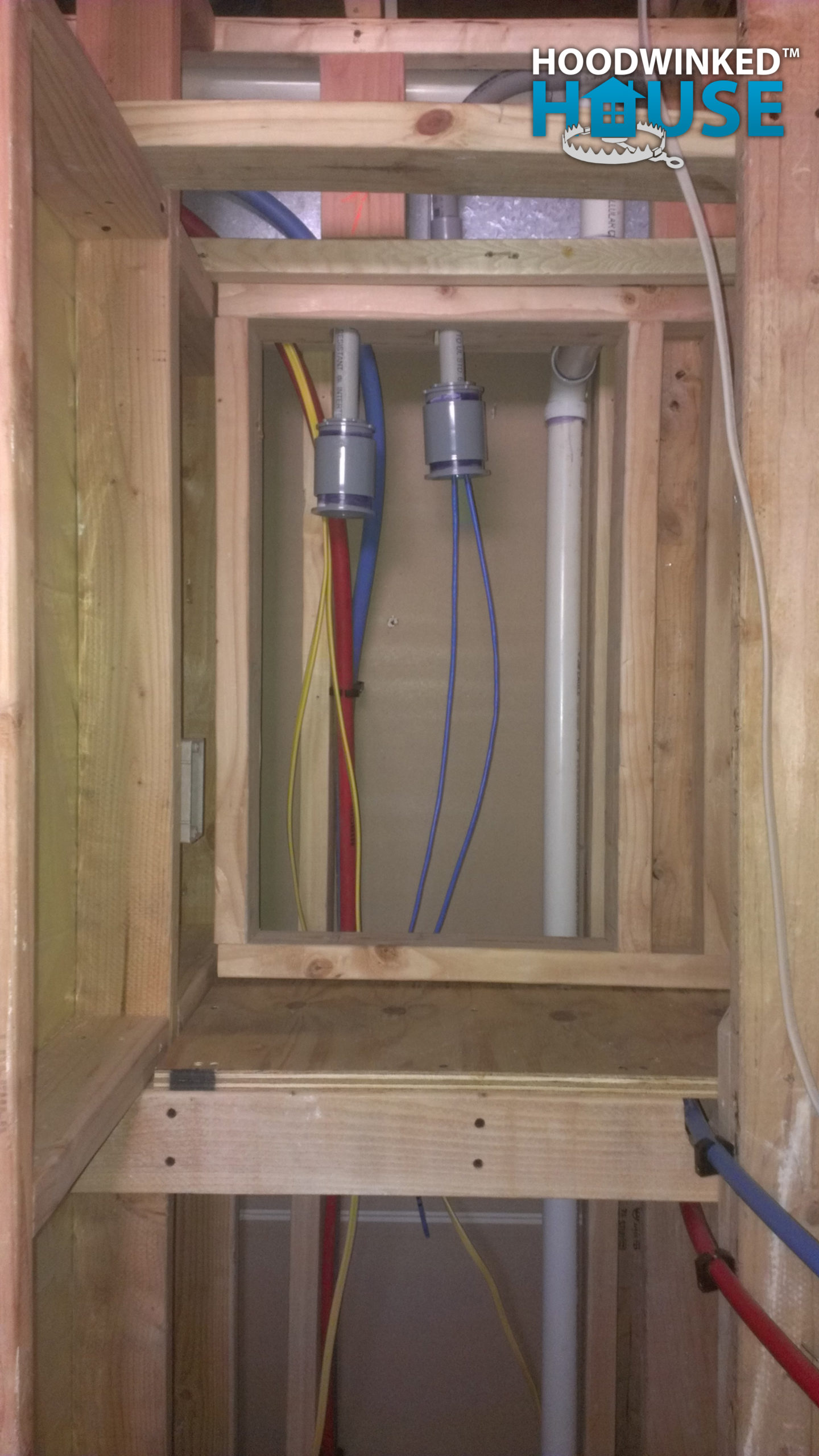
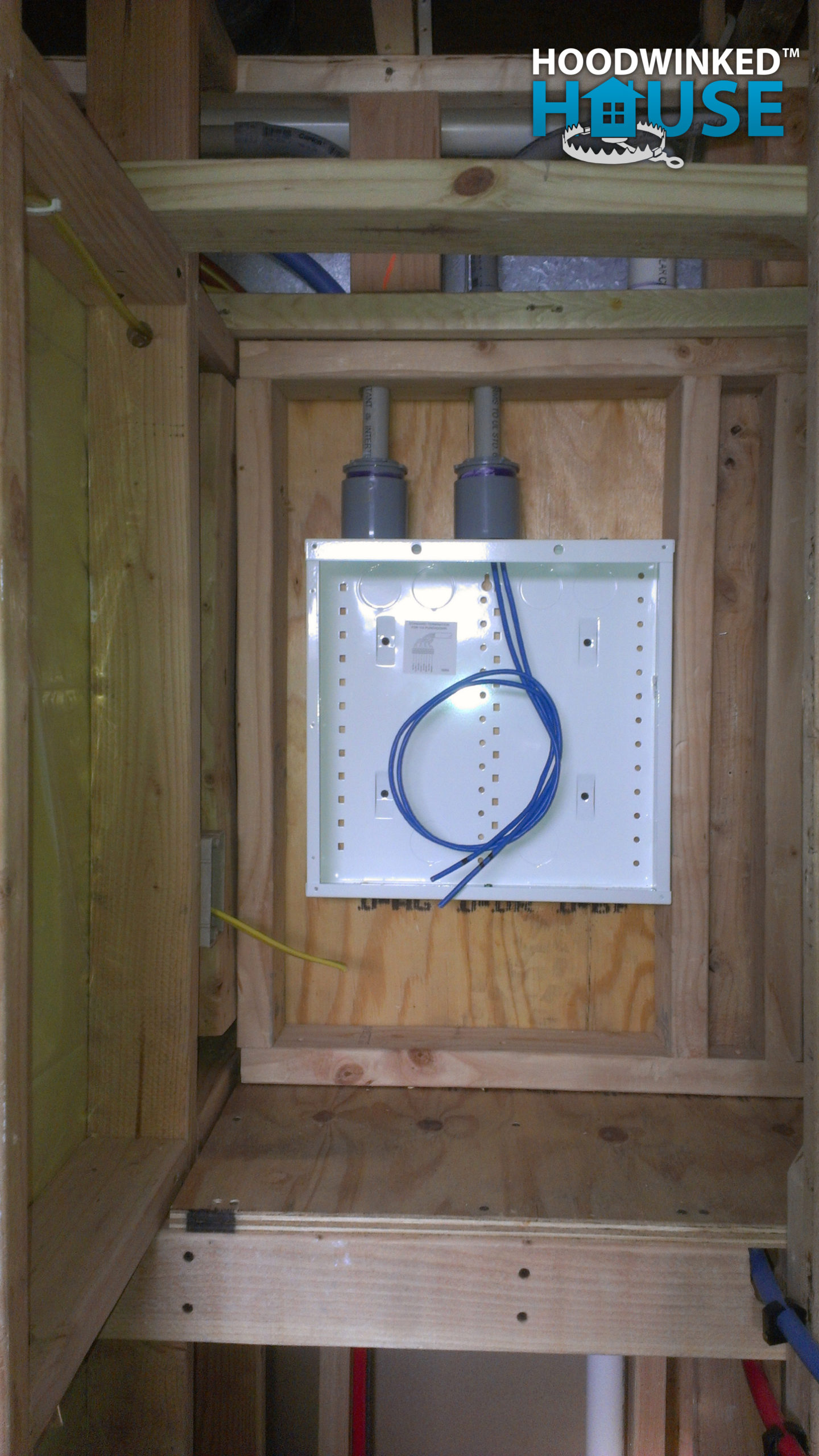
Later, my dad helps me continue framing the living room soffit.
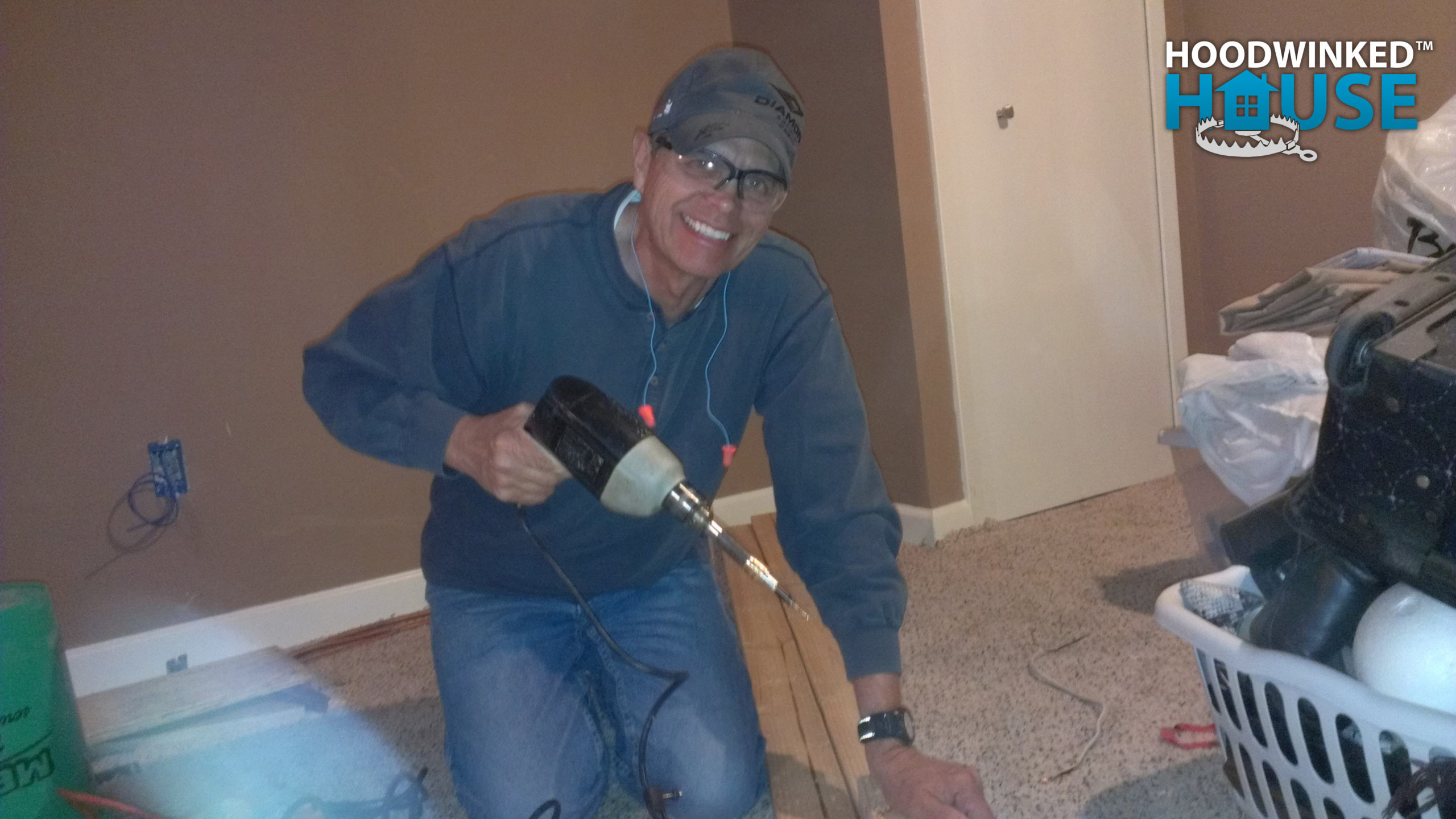
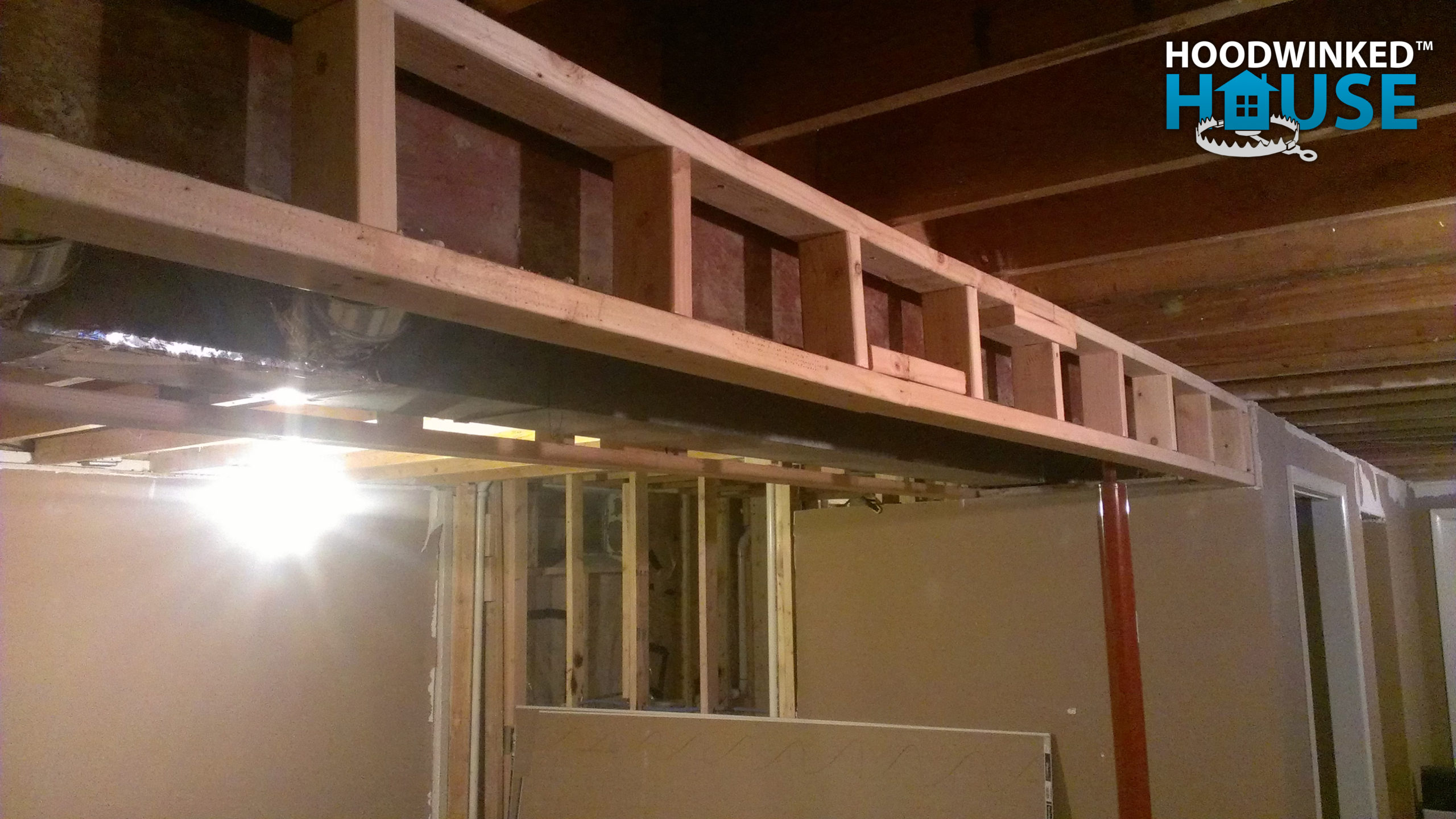
My family continues rough in wiring work at the main service panel.
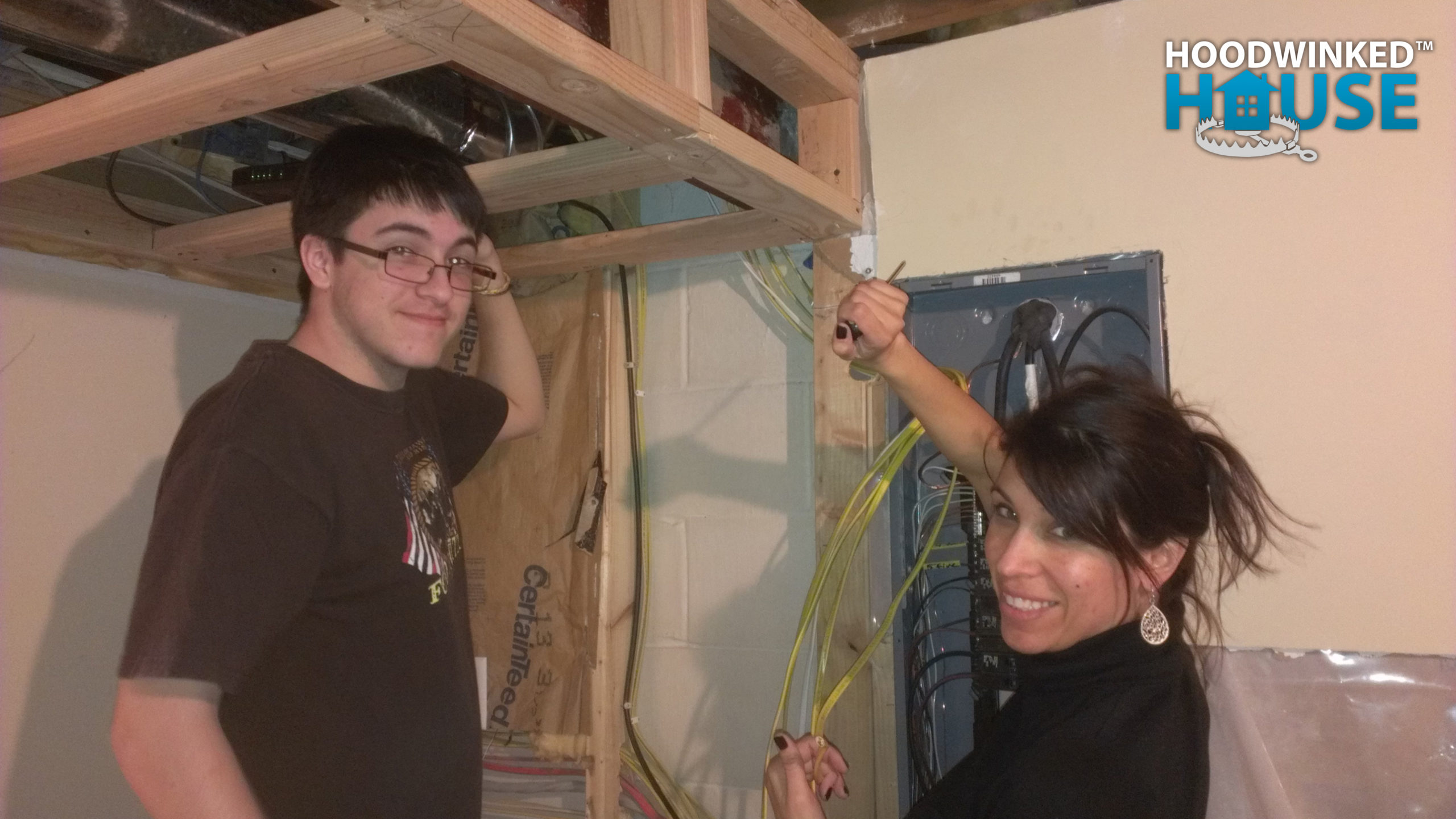
I complete the framing of the structured media network service alcove and wire in a dedicated GFI power outlet.
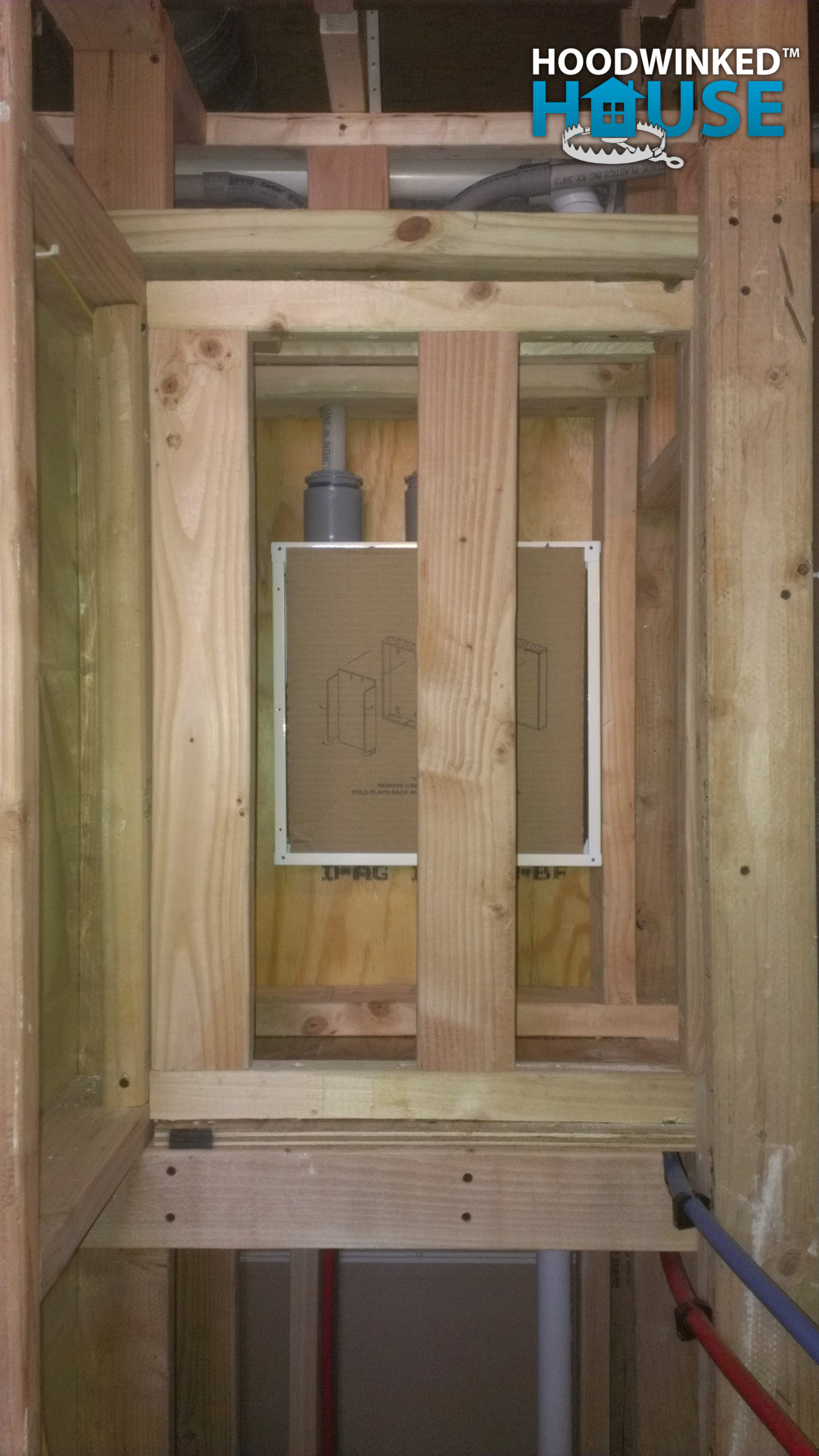
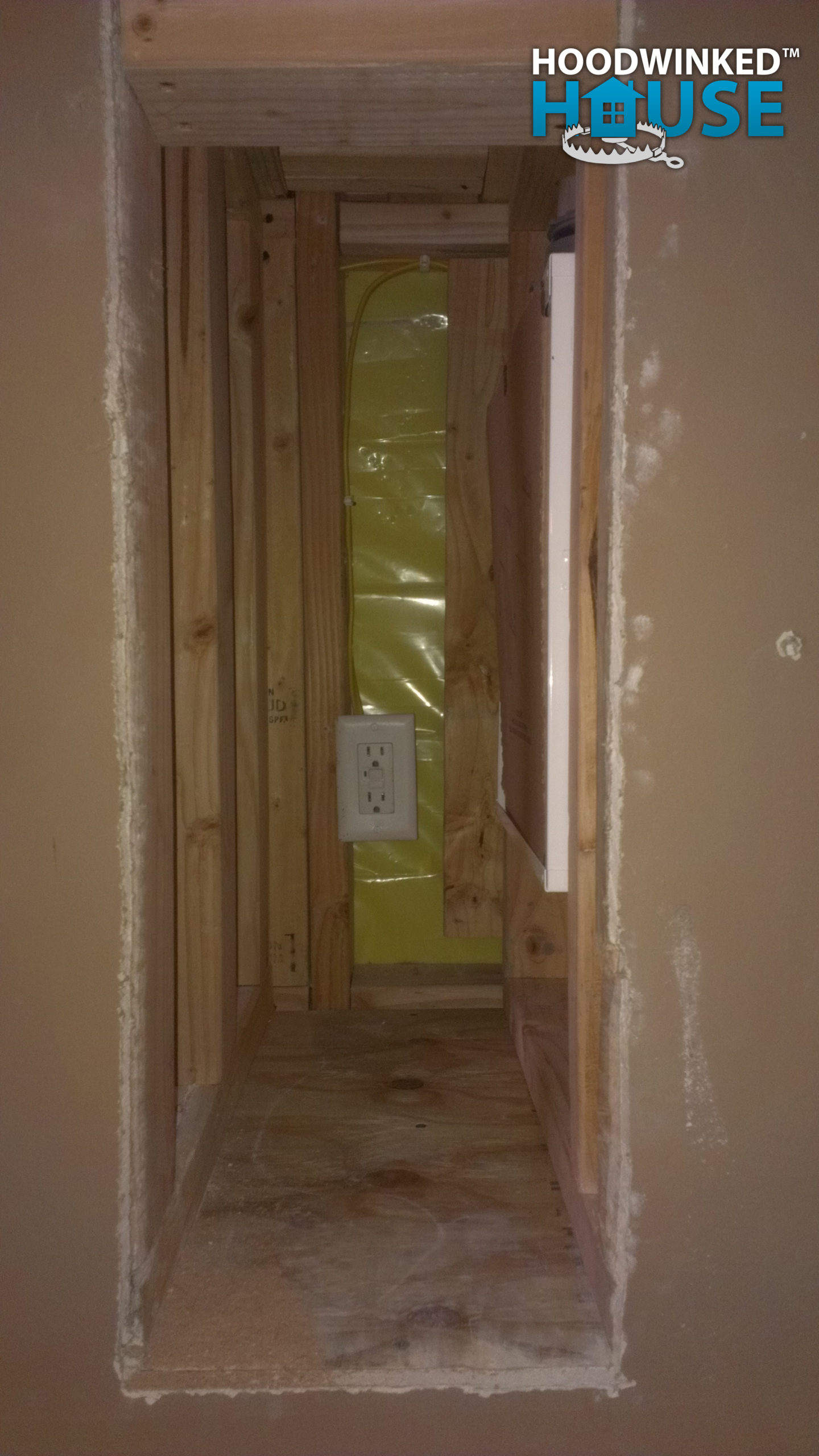
I begin drywalling around the structured media network enclosure. I also run CAT6 cables, a telephone service cable, and a CATV service cable into the structured media enclosure.
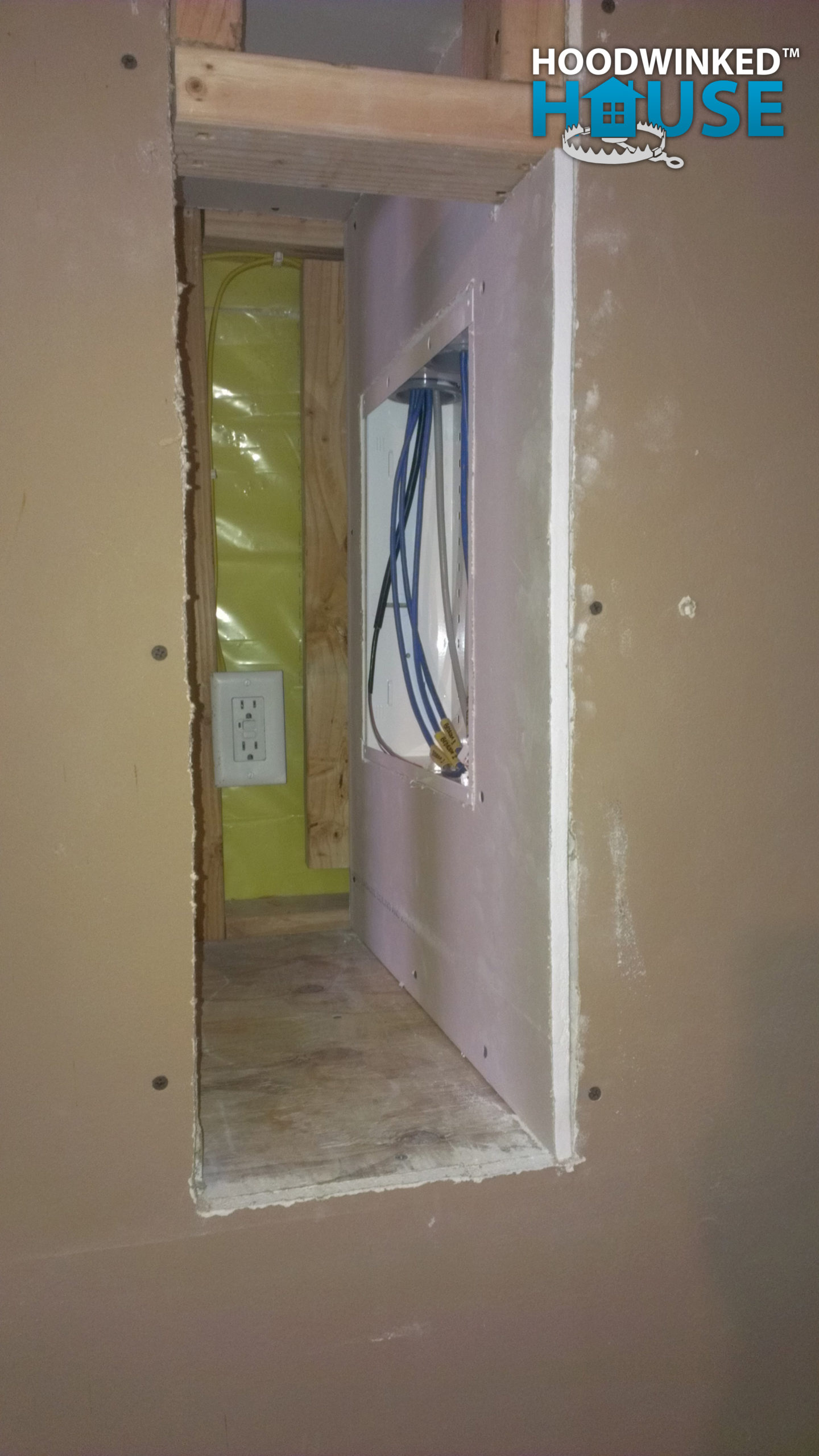
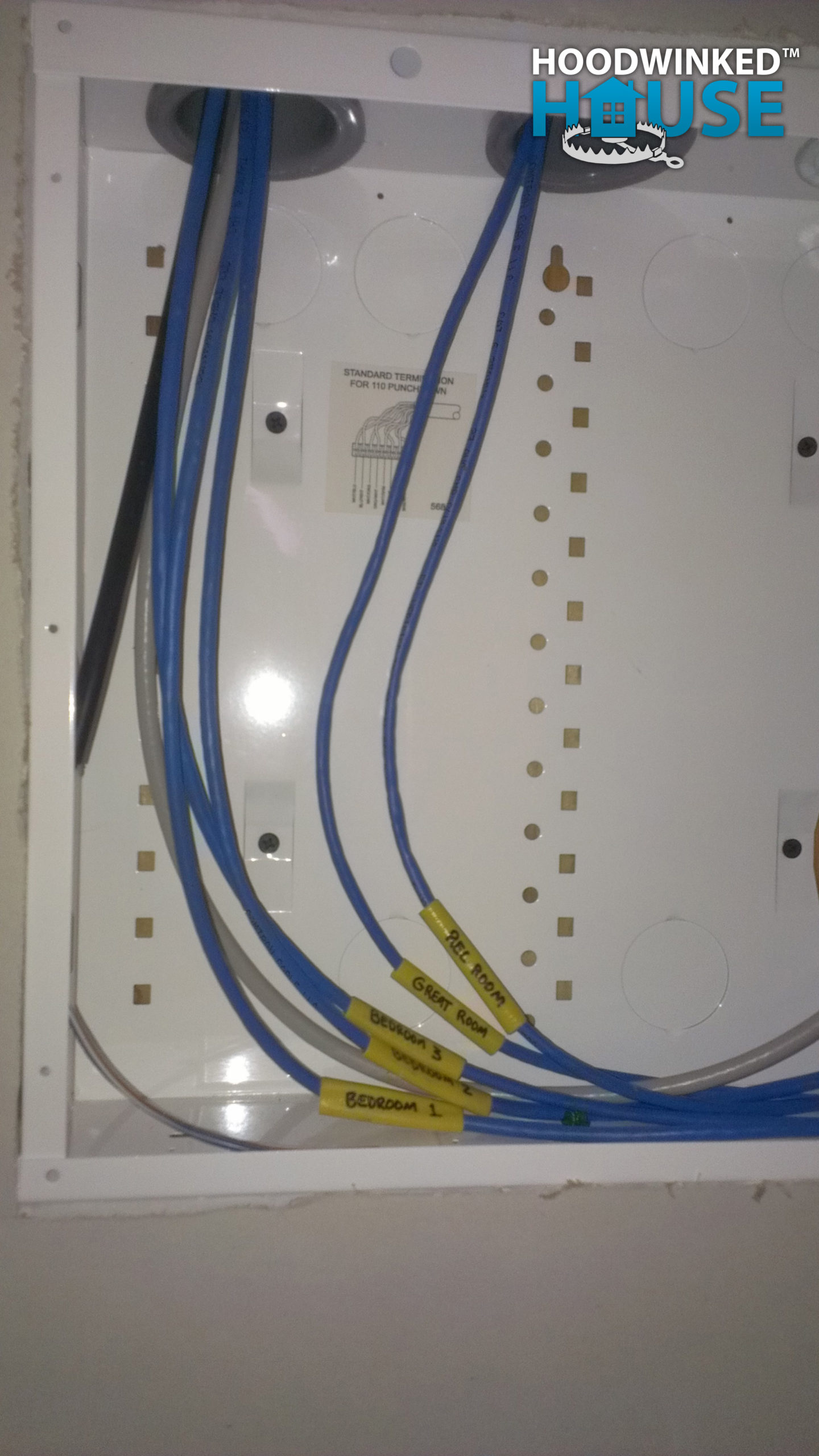
The outdoor CATV service and telephone service cables are attached to their new counterparts which run through the new conduits and port. The new CATV service extension is successfully tested and connected to a cable modem. The CAT6 cables are finished, mounted in the structured media enclosure, and attached to a router.
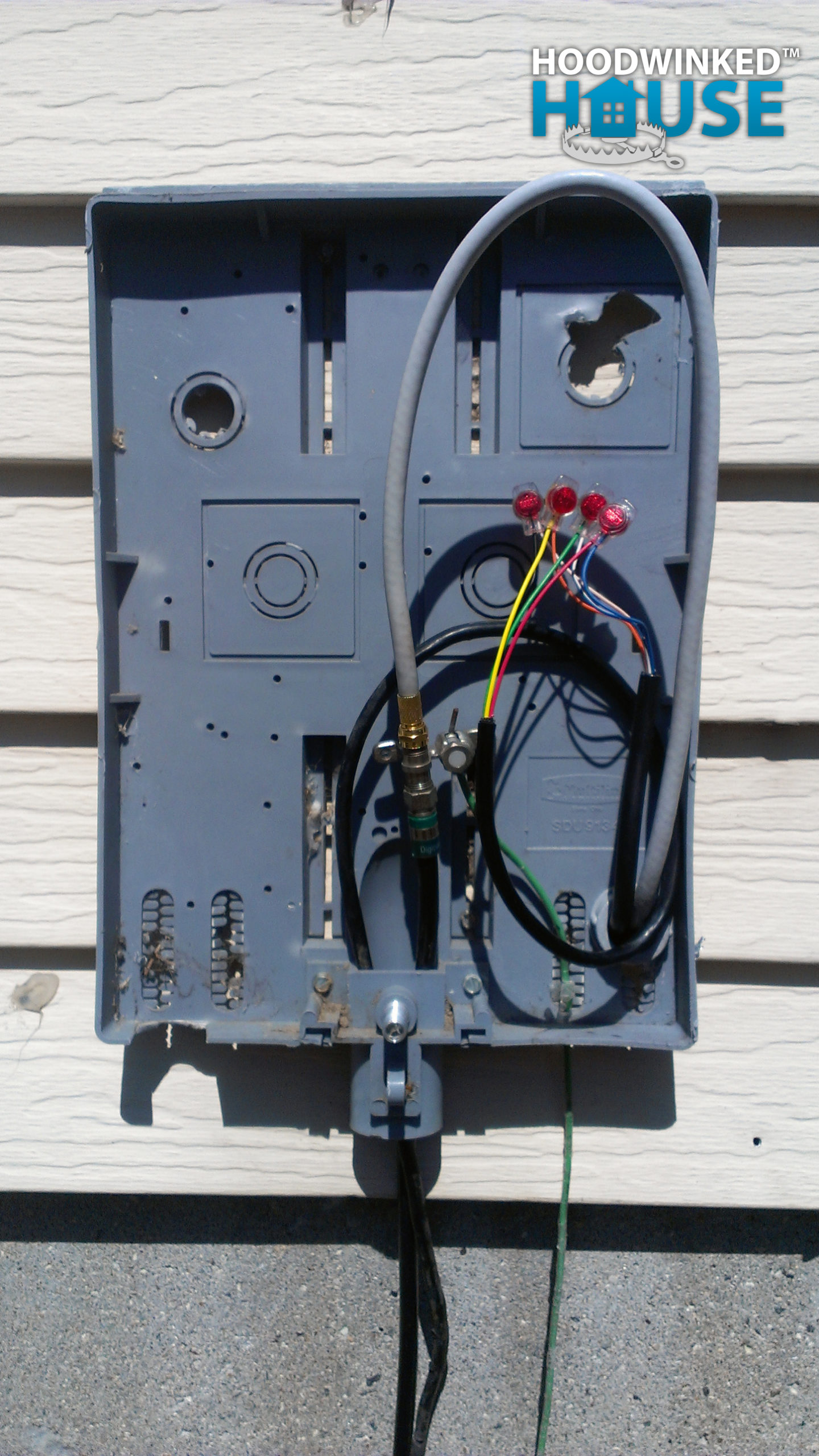
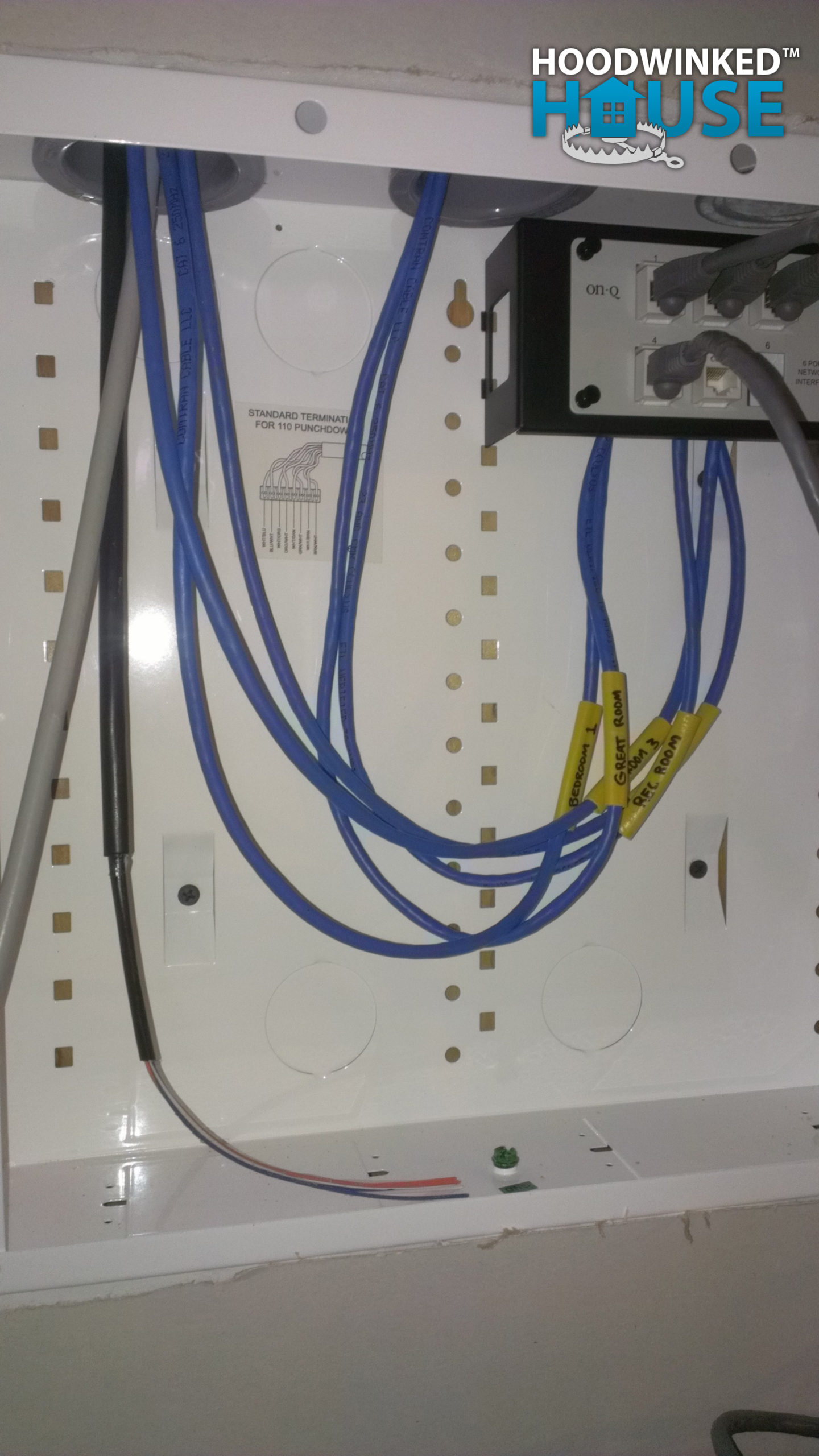
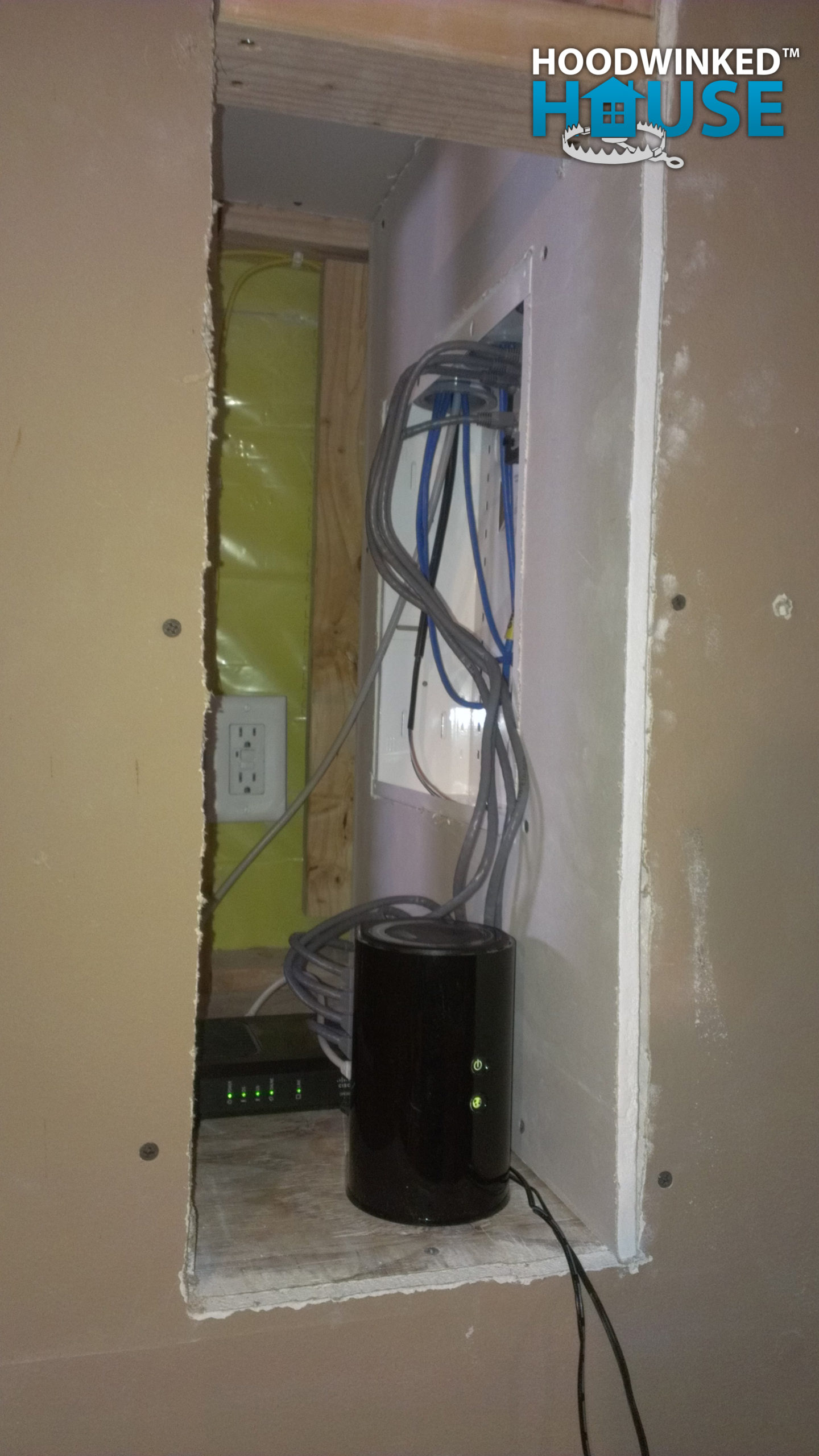
I finish framing the main rec room soffit. We’re also running out of storage space, so I temporarily re-install a dip wire shelf in the rec room closet.
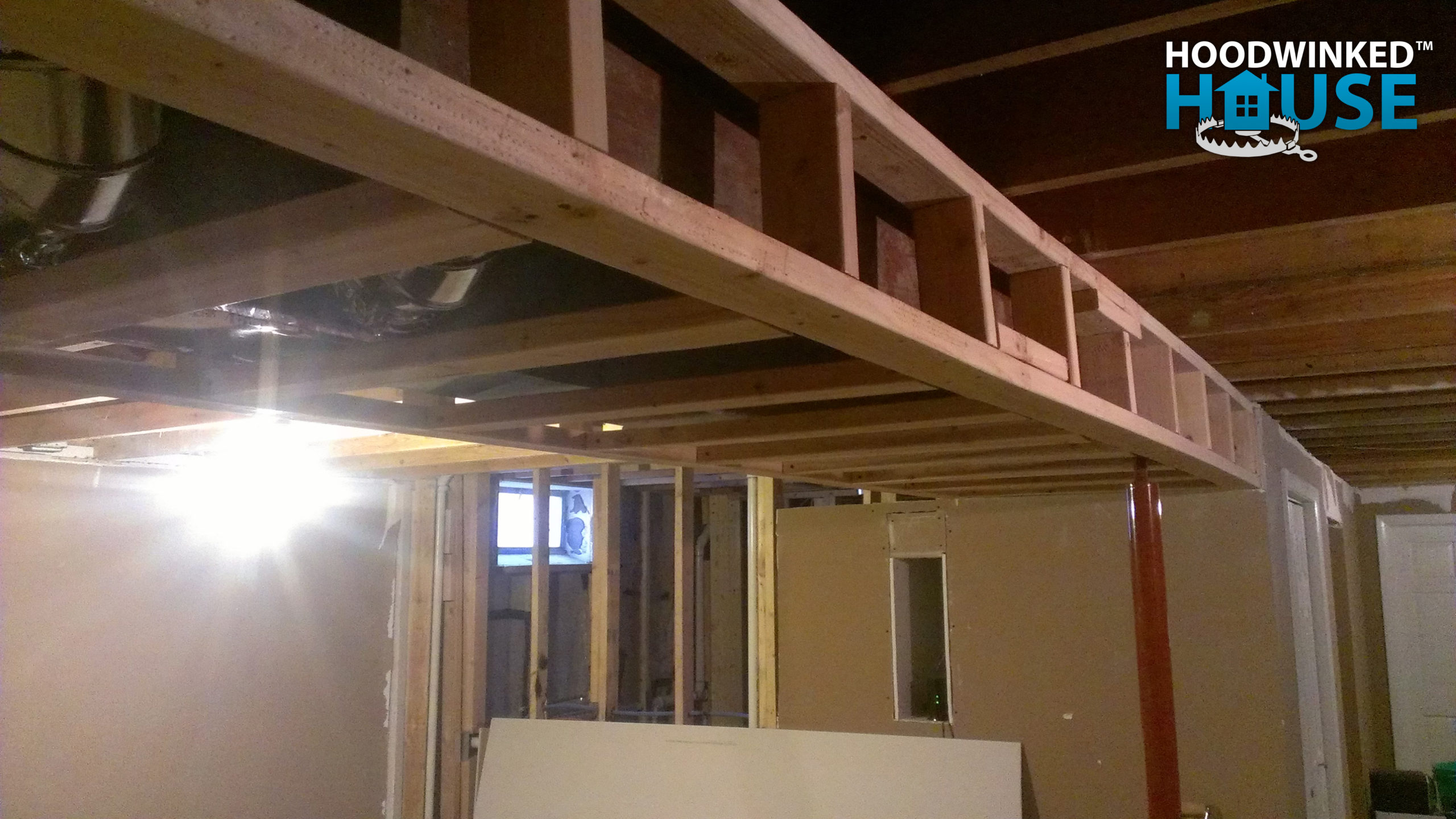
Heavy rain saturate the Twin Cities for 4 days straight. I am immediately worried because the house does not have gutters on the two long edges of the roof… a project I’ve had to put on the back burner while I dealt with other emergencies.
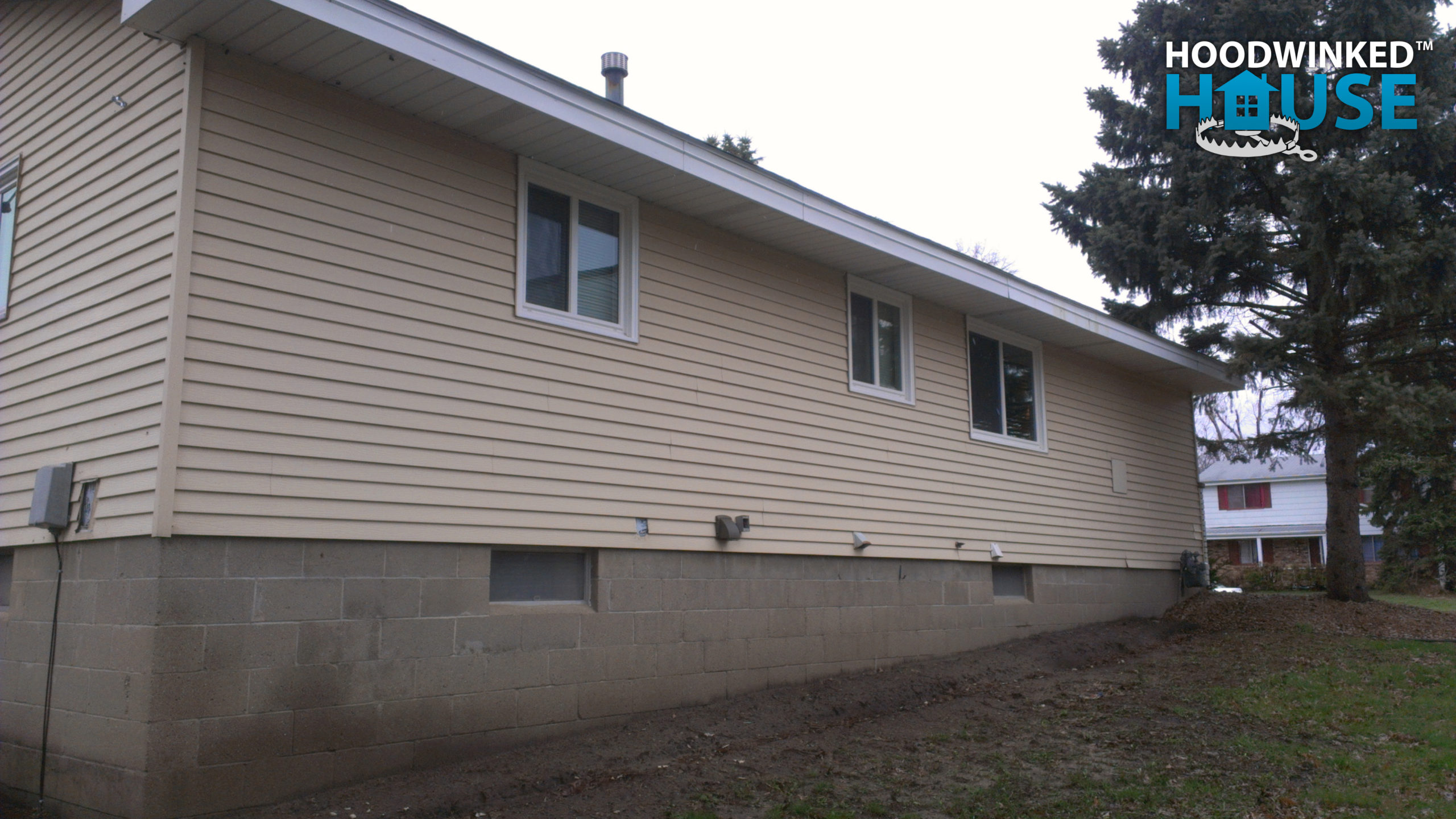
The area of the west wall that had ice dam problems in the winter starts letting in rain water, and fast.
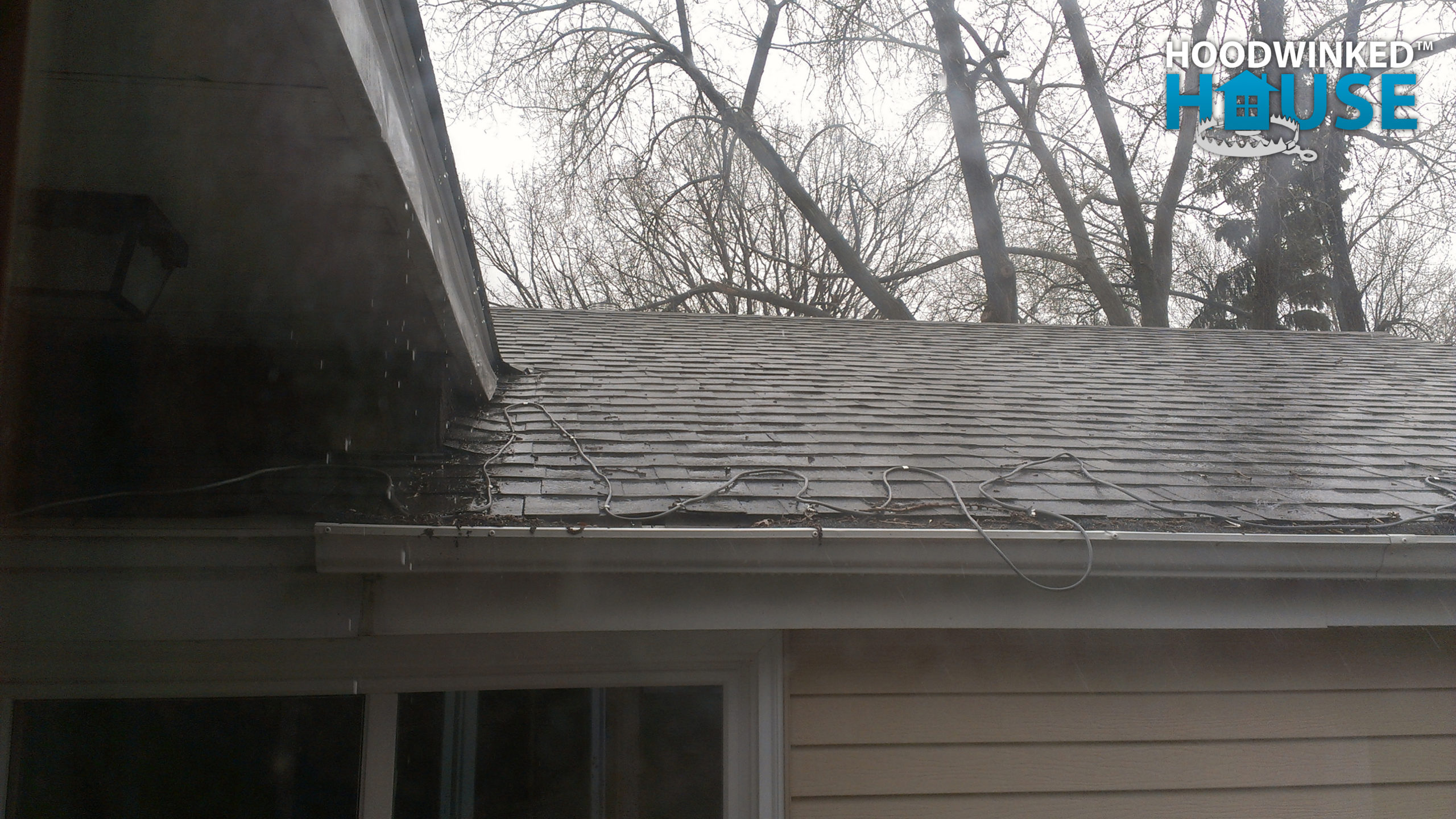
The same bedroom soffit that was previously leaking from ice dams is now leaking even more with rain water. I am fairly certain this problem is worse than ice dams, and I begin to suspect foul play.
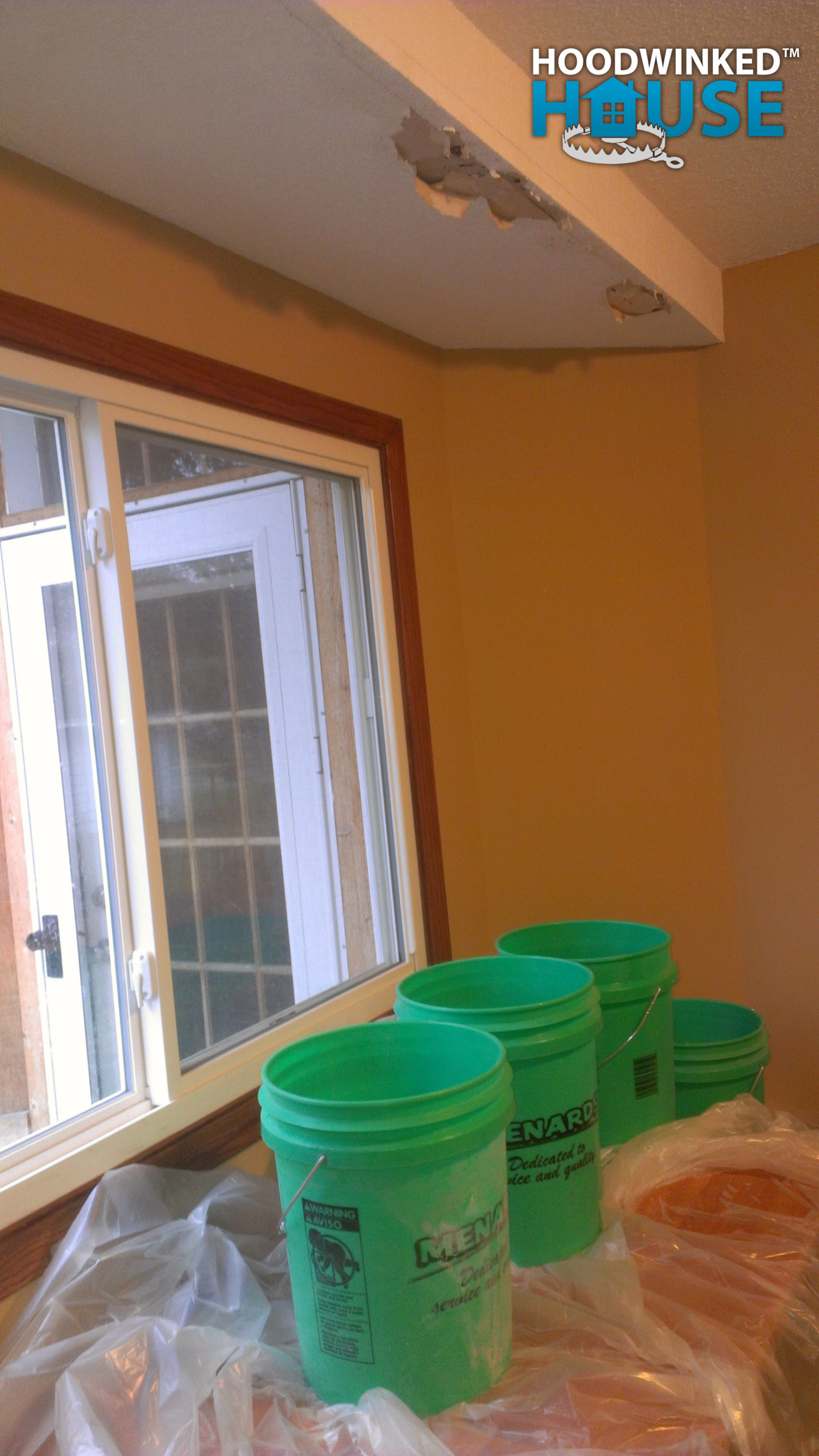
In the basement, small fractures form in the self-leveling concrete of the laundry room floor. Hydrostatic pressure beneath the foundation causes moisture to seep in.
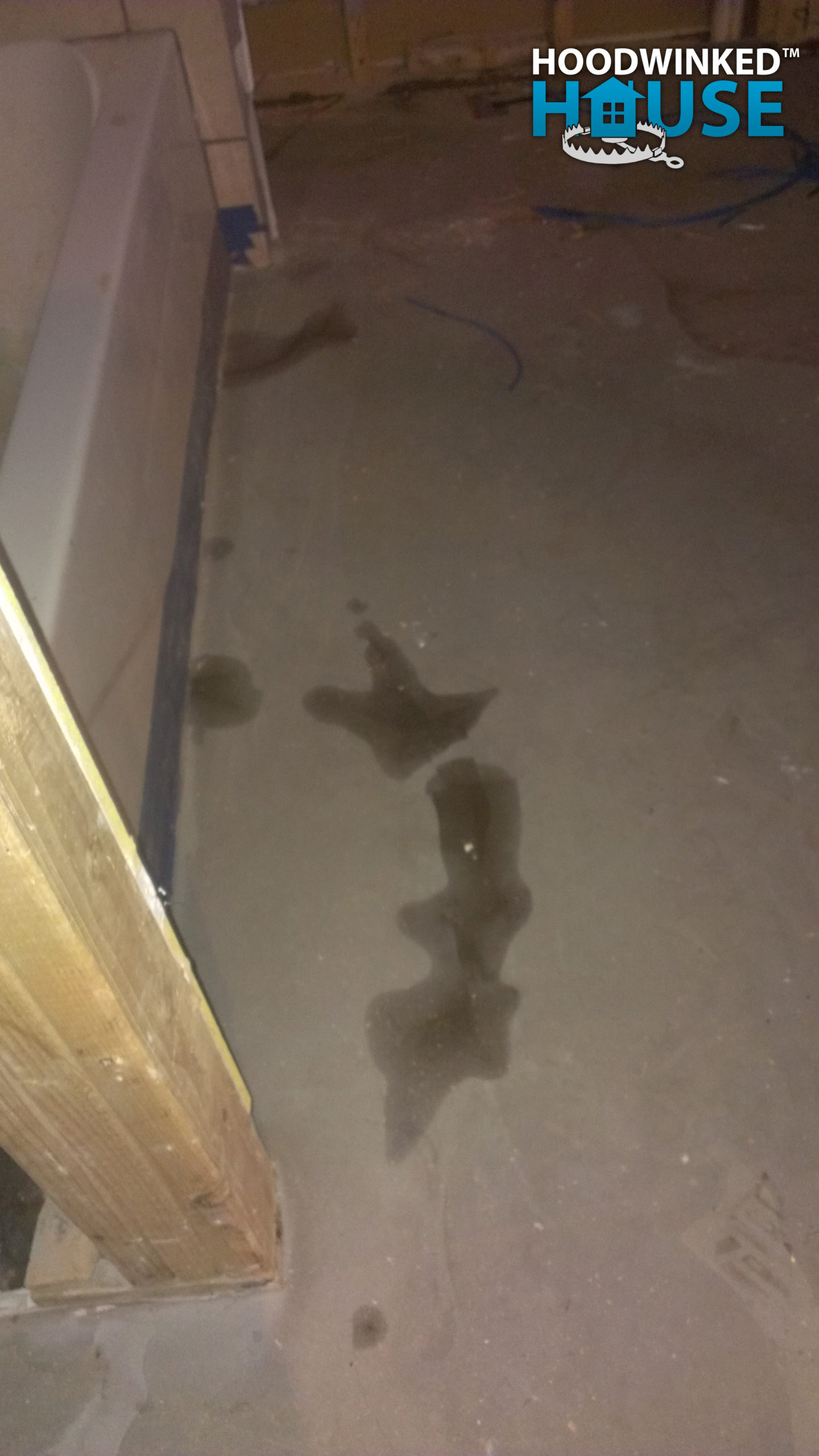
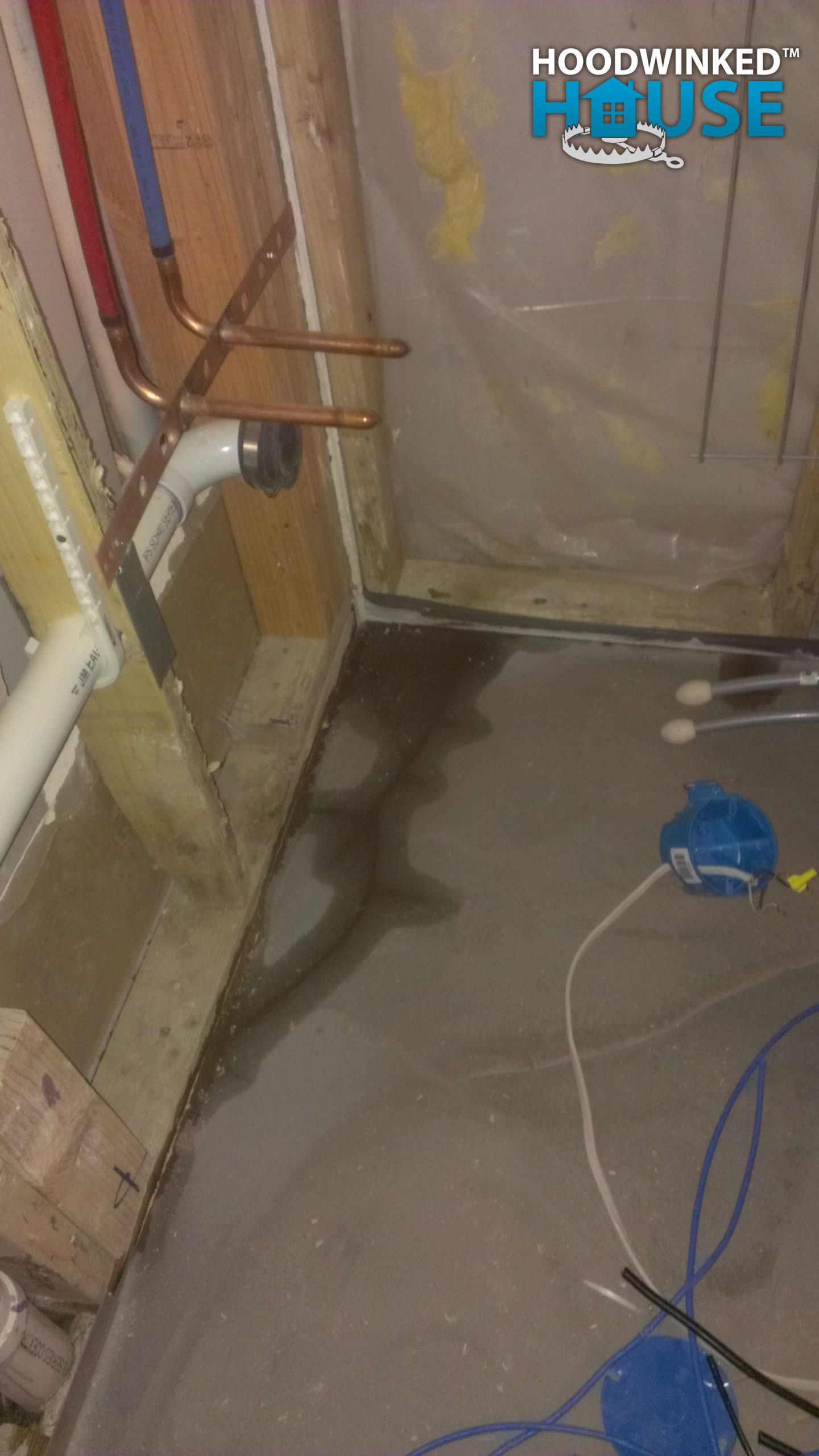
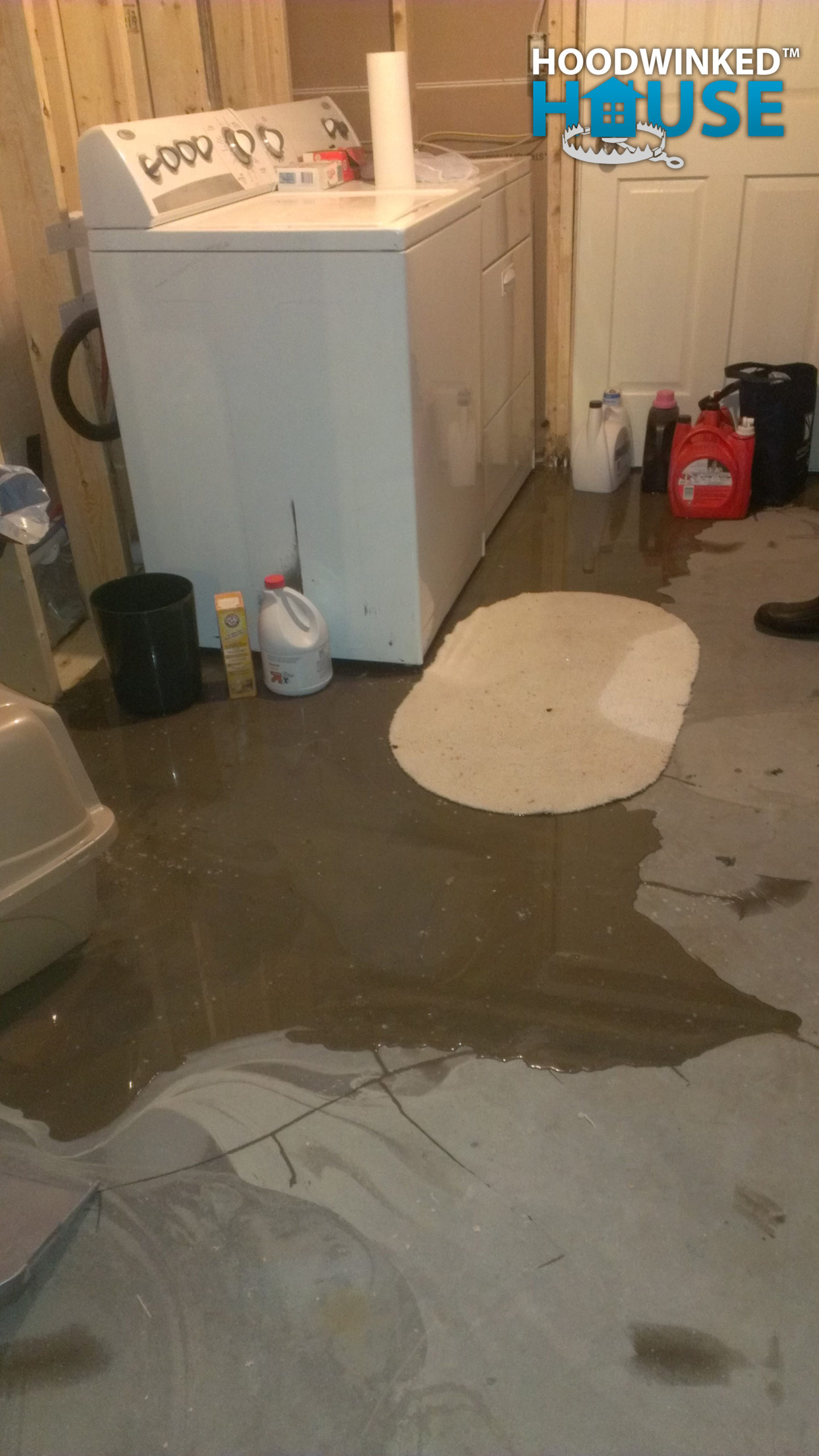
The water begins seeping in faster, flooding part of the laundry room. The self-leveling concrete re-softens, forming bubbles and waves. The only part of the basement where rain water is entering the house is through the new concrete floor that was just poured a few months earlier.
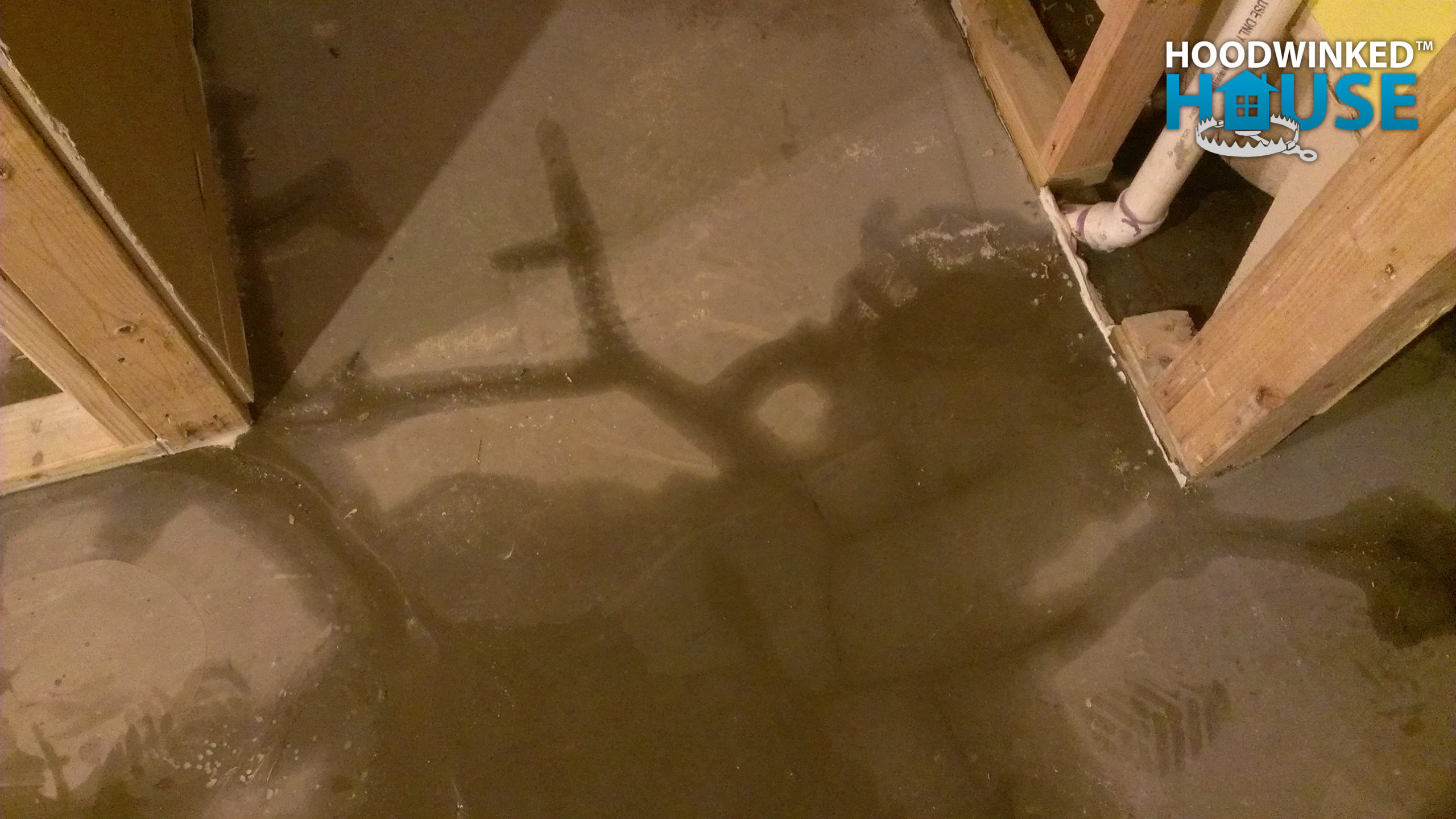
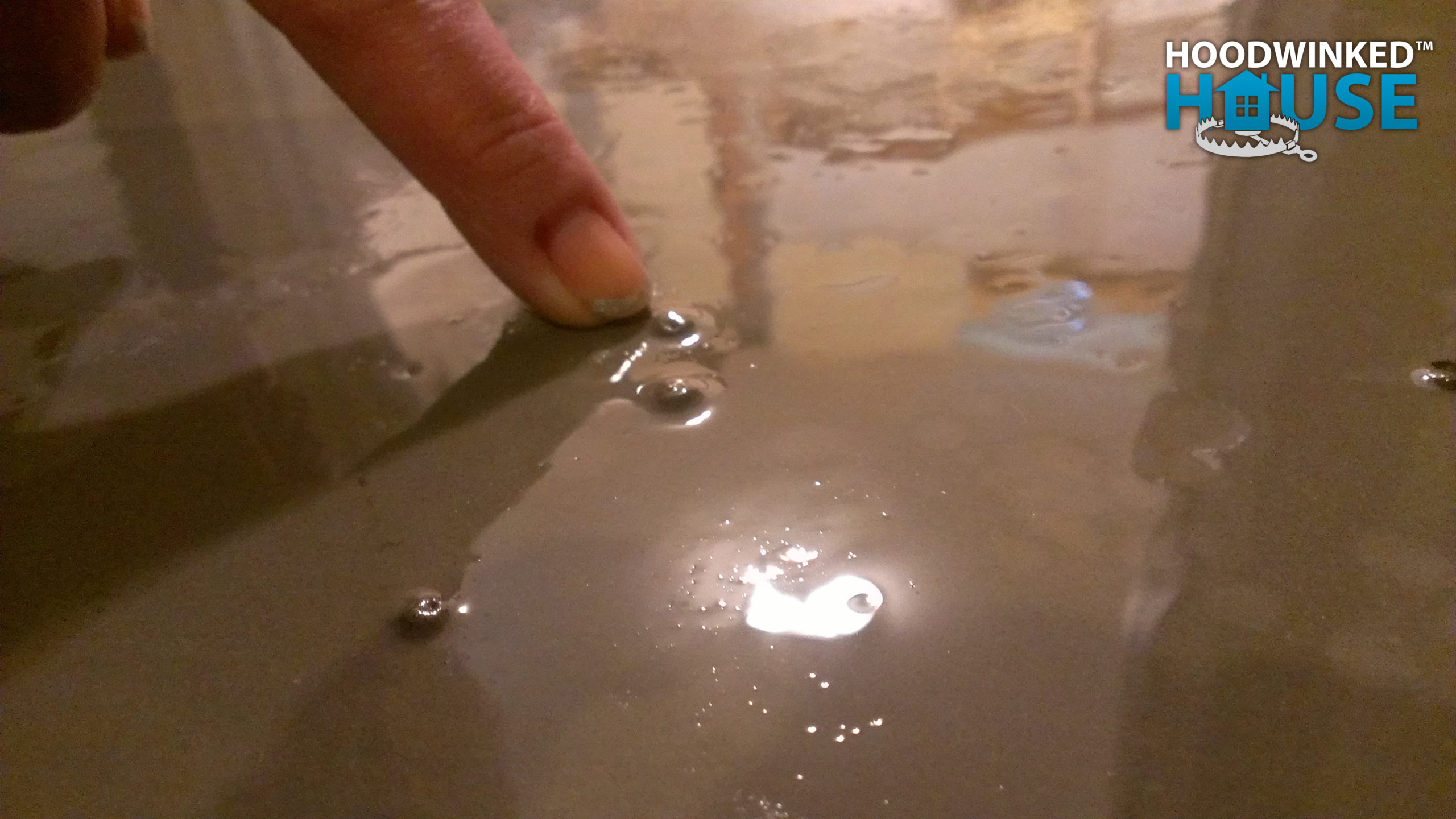
It bubbles up through the cracks faster and faster, filling the laundry room and master bedroom walk-in closet. We do our best to push it towards the new floor drain.